The Abruzzo Landscape: Mountaintop Castles, Medieval Villages and Much More
The Abruzzo Landscape: Mountaintop Castles, Medieval Villages and Much More
When many travelers conjure up images of Italy, what usually comes to mind are softly sloping hills of green, cypress trees undulating in the wind and miles of luscious vineyards as far as the eye can see. While these images are indeed real and these landscapes can most certainly be observed from many an Italian window, few travelers have ventured to discover a side of the country that is lesser known but equally as incredible. Abruzzo is unlike anything you’ve seen. To enter the boundaries of the region is to be absorbed into a terrain that at first seems oddly jarring – familiar and unfamiliar all at the same time. Perhaps because Abruzzo is a case of two identities: Fertile valleys blanketed by endless olive groves and vineyards contrasted by a rugged landscape of mountaintop castles, medieval stone villages and an untamed Adriatic coastline. Savage natural beauty that has birthed civilization, existing in a harmonious duality that is both balanced and breathtaking. For many, Abruzzo is the chance to observe an Italy that is unapologetically proud of its agrarian roots but not petrified by time. With every exquisite mountain vista and every wild roadside forest, Abruzzo challenges Italy’s stereotypical norms to introduce travelers to a very little region that will certainly change your perspective on Italy, forever.
Abruzzo is home to roughly 200 mountaintop castles, while the rest of the region is abundantly dotted with perfectly preserved medieval towns. As such, the region has been distinguished by having a record 19 “Borghi Piu Belli d’Italia” (Italy’s Most Beautiful Villages), putting Abruzzo second only to Umbria. Almost 99% of Abruzzo’s terrain is classified as either mountain or hilltop and not surprisingly, it also boasts three national parks that comprise almost one-third of the entire region: Abruzzo National Park, Gran Sasso e Monti della Laga National Park and Majella National park. The Gran Sasso National Park encompasses 160,000 square acres of land and includes 44 quaint mountain communities. One of the Gran Sasso’s three summits, the “Gran Corno” (or Big Horn), reaches over 2,900 meters tall, making it the tallest summit in the Appenine mountain range. The Majella National Park is comprised of 55% hilltop zones balanced by vast expanses of wilderness. Majella is home to over 2,000 species of flora, which coexist within pastoral setting of wild grasses and shrub brush. The Abruzzo National Park touches the two nearby regions of Lazio and Molise, and is home to the famous Appenine wolf, Abruzzo chamois and the Marsican brown bear. A land of many contrasts, Abruzzo’s 130 kilometer long Adriatic coastline balances the ruggedness of the region’s terrain.
With its snow capped smoky mountains, golden olive groves kissed by the sun, and copper colored forests rustling with warm Adriatic winds, Abruzzo is a naturalist’s dream and arguably one of the most compelling landscapes in all of Europe.

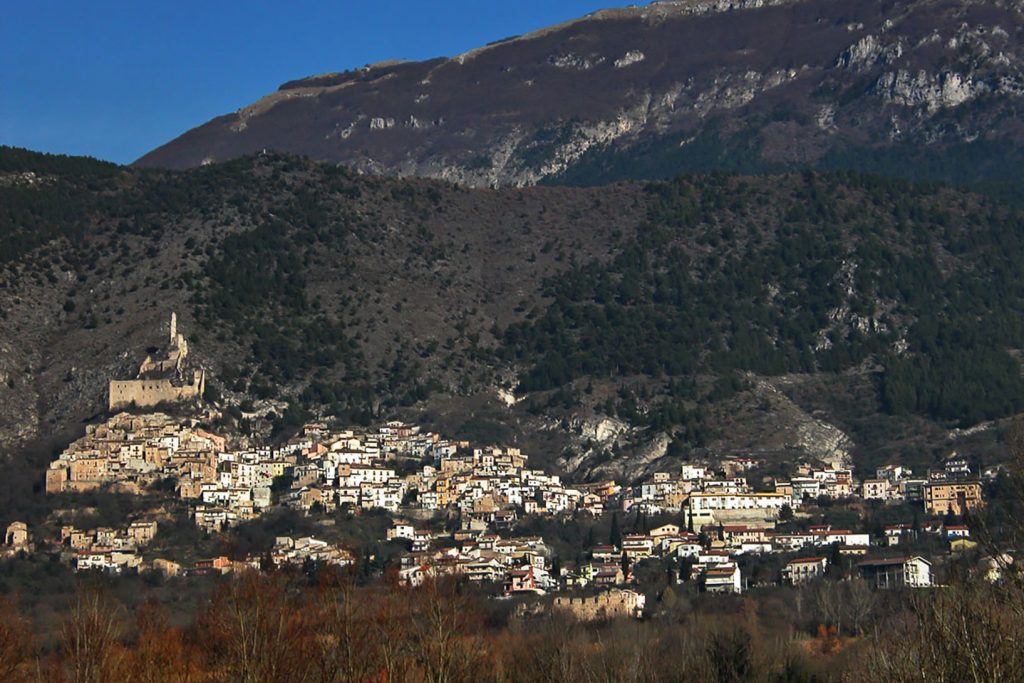

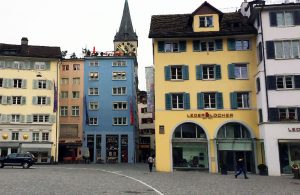
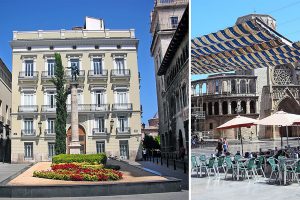
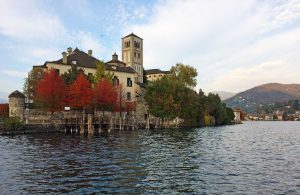
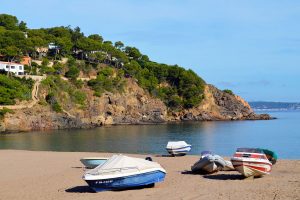
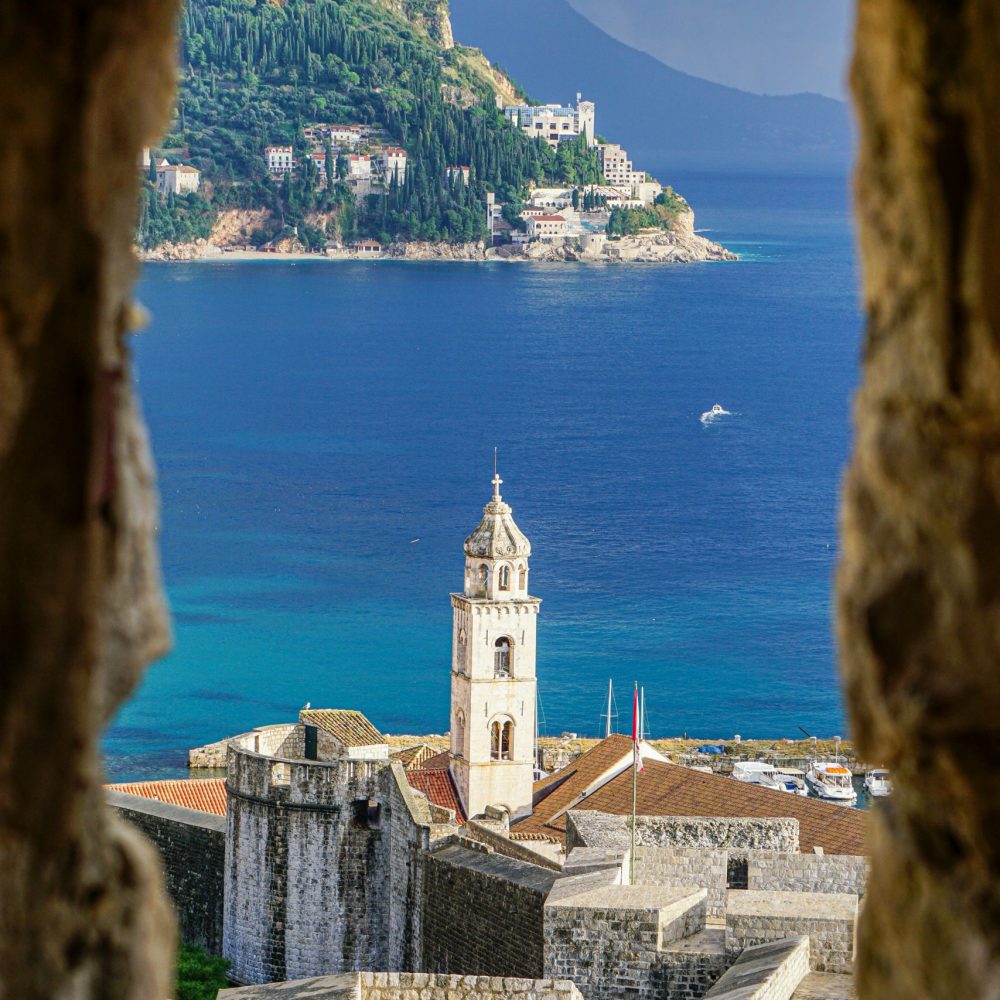
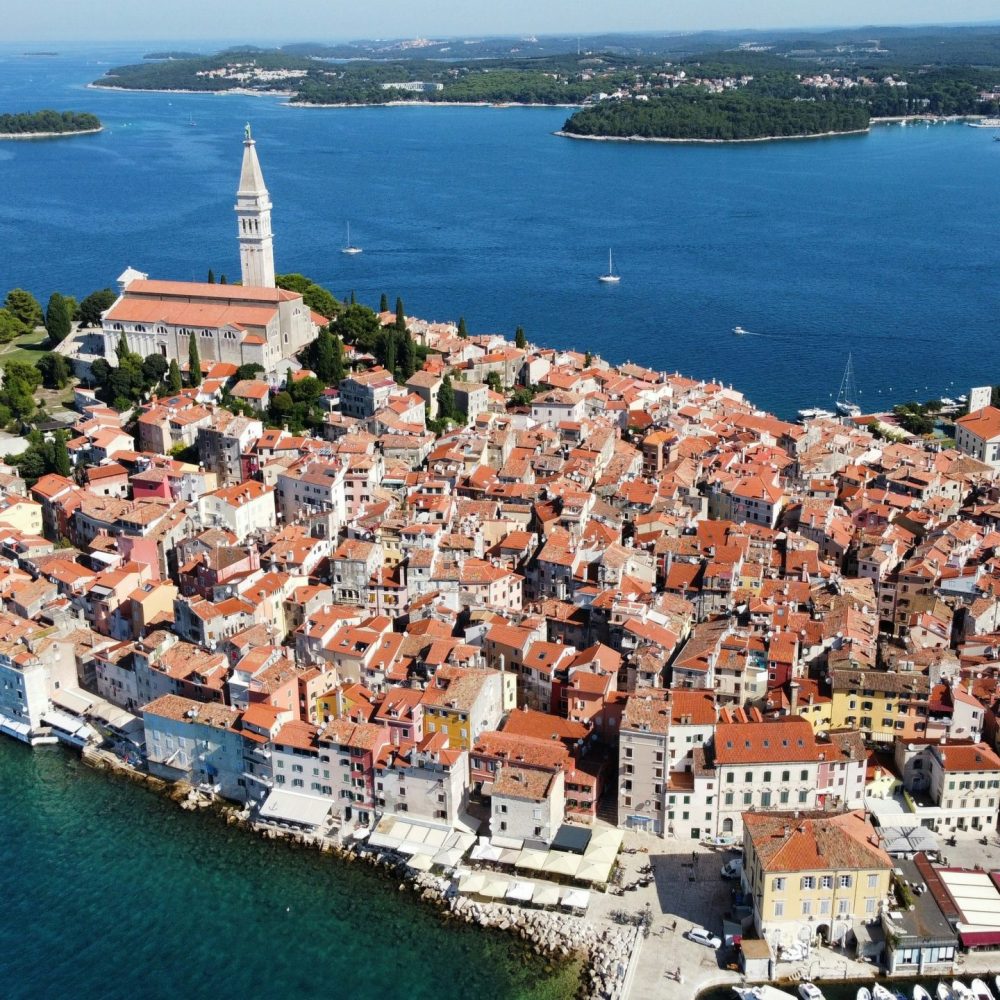

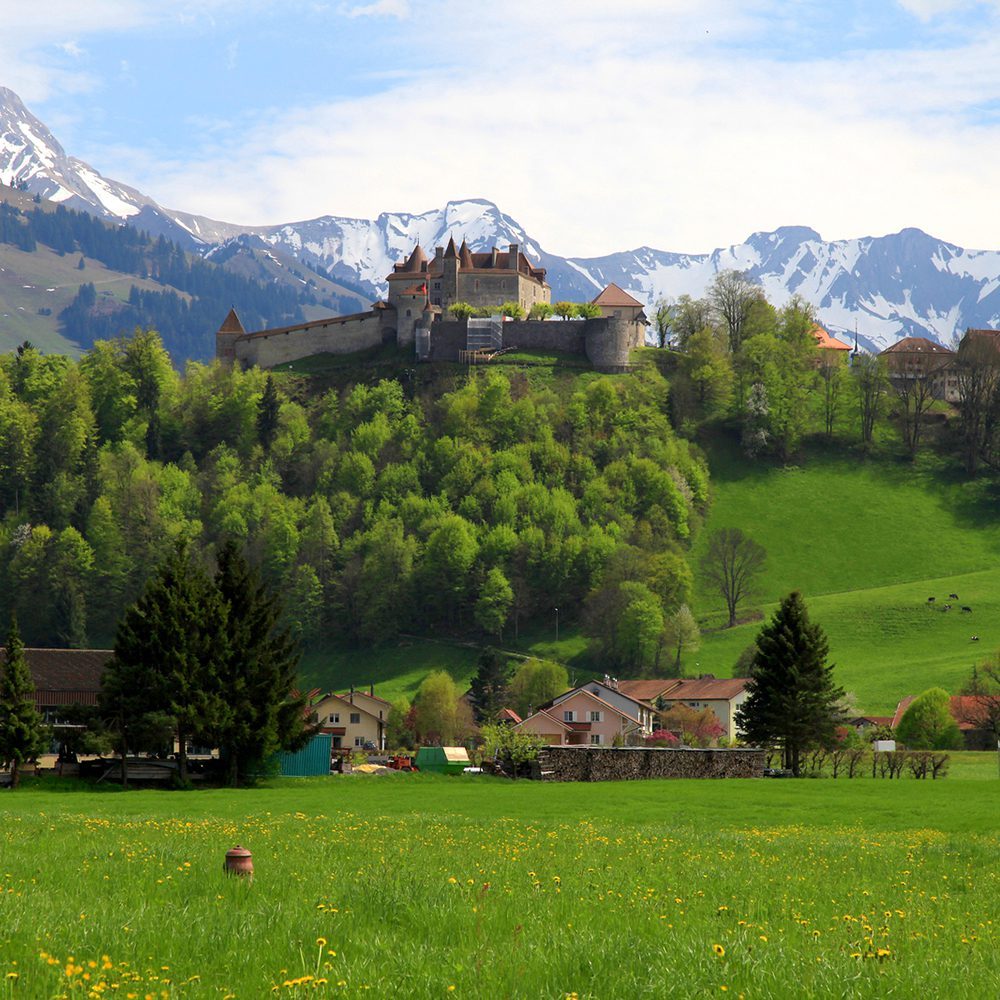
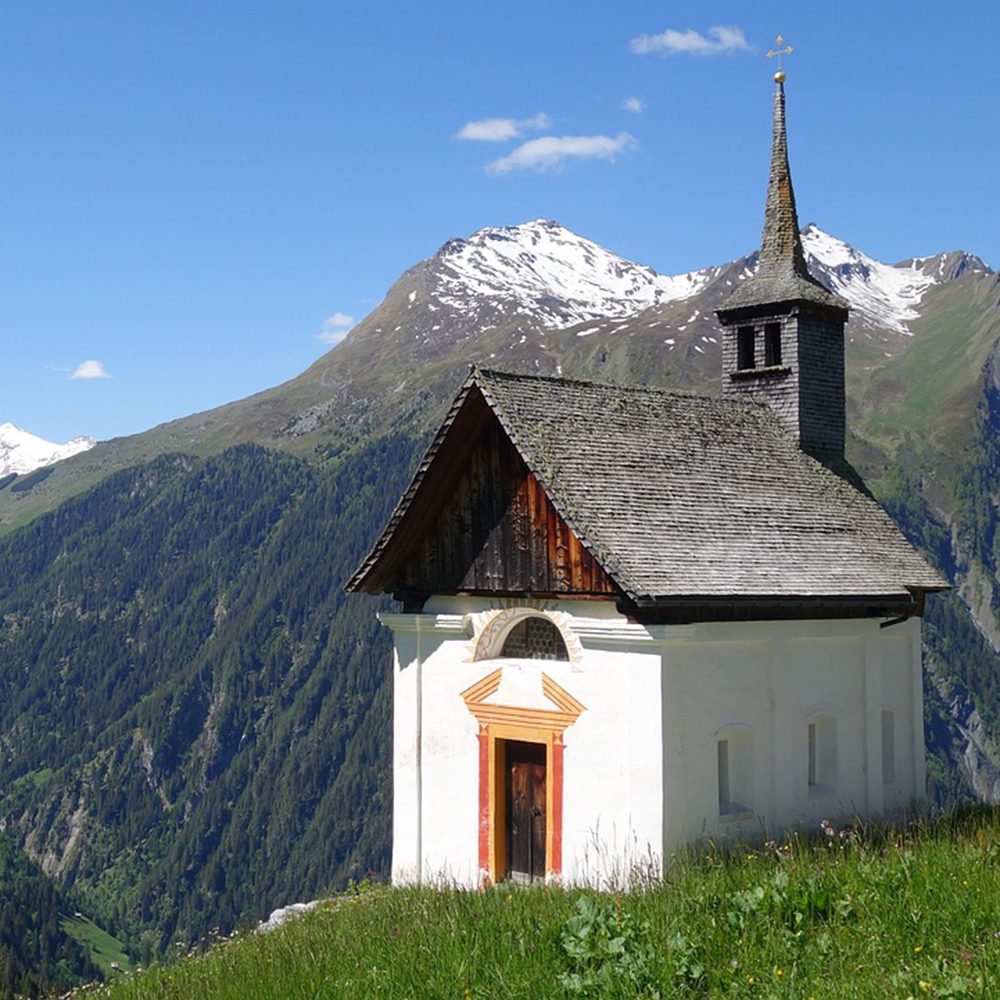
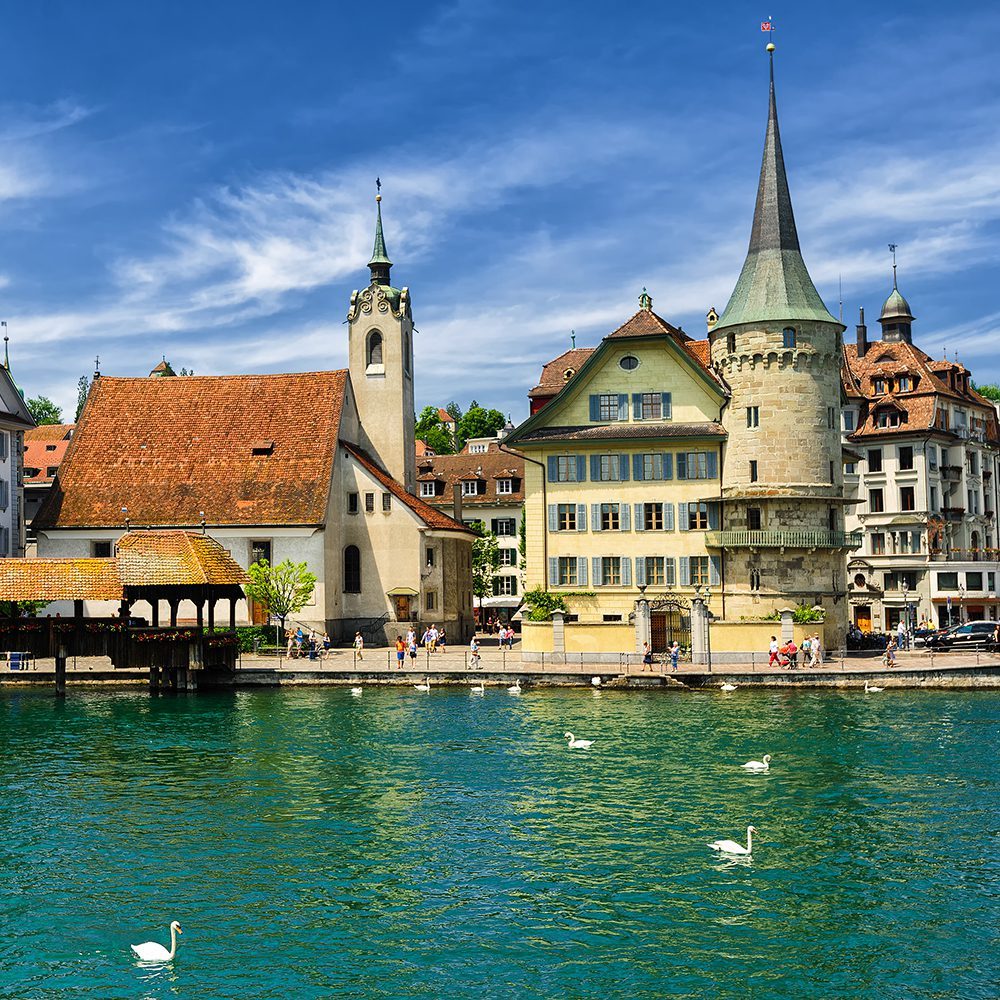
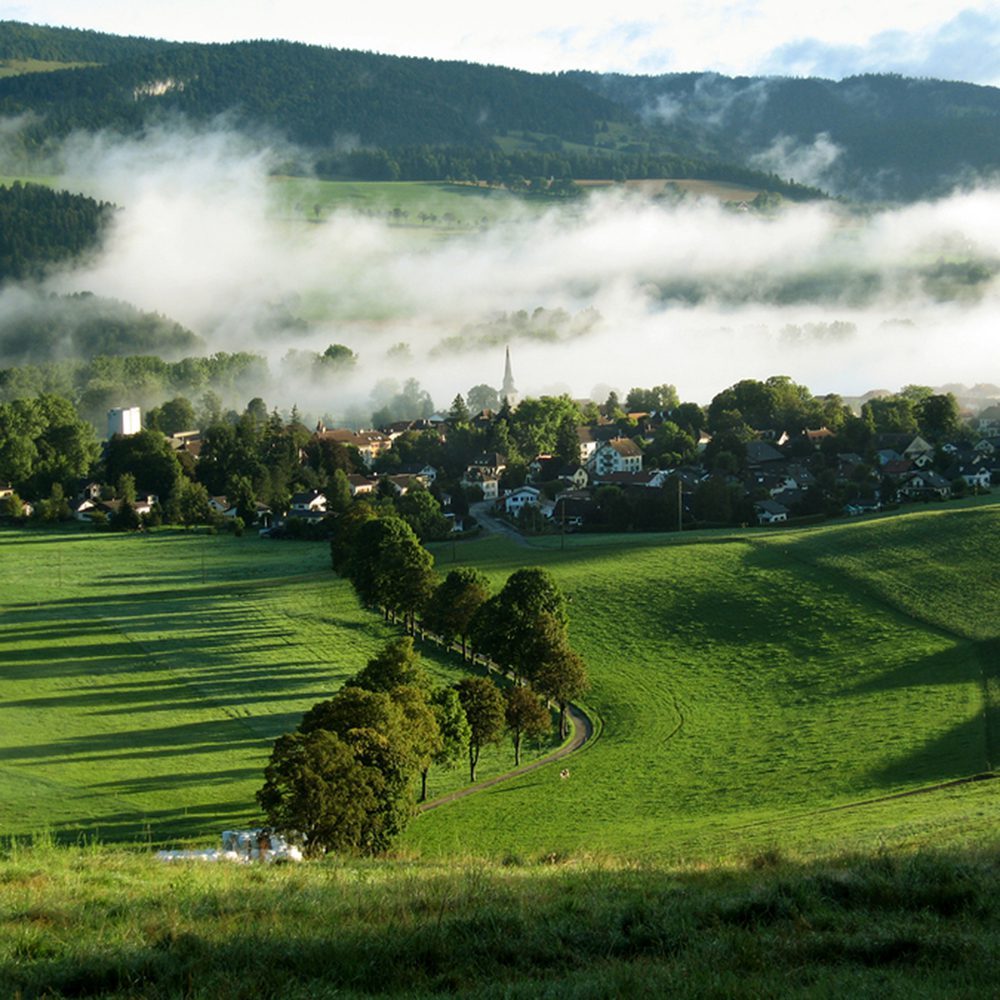
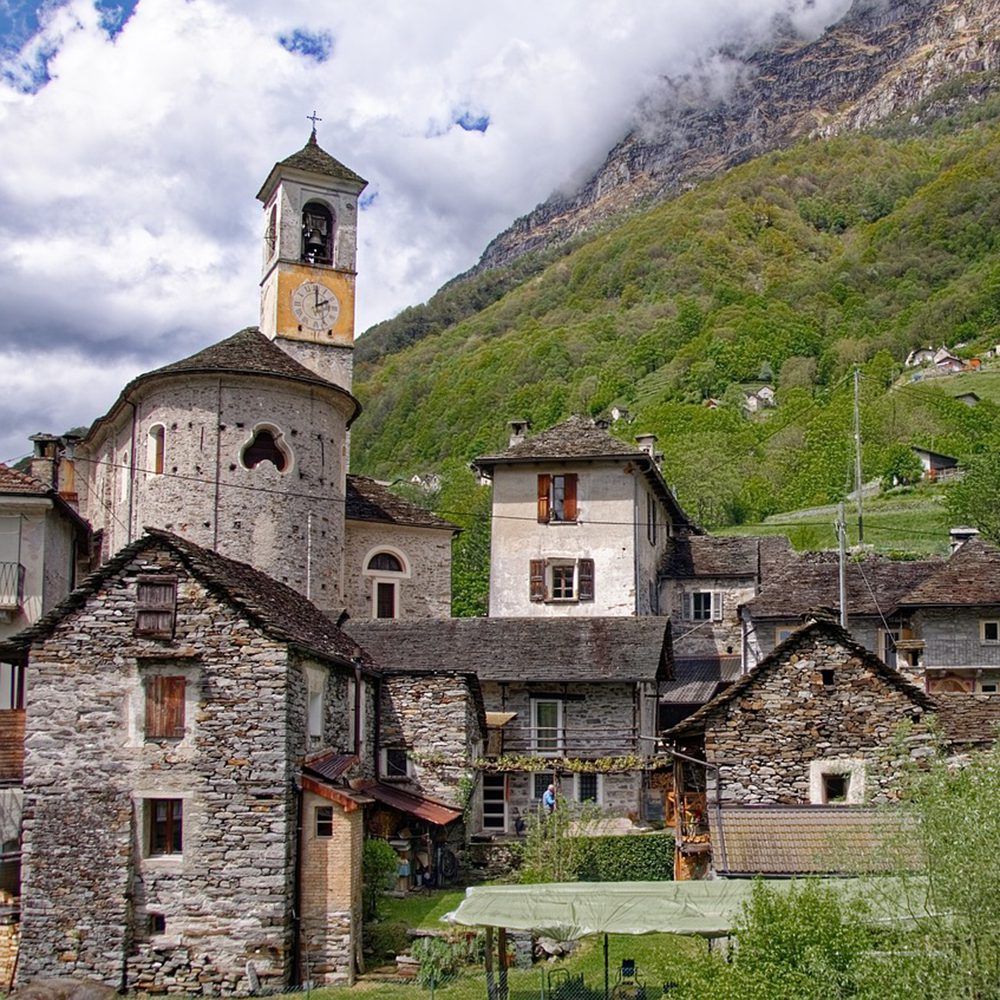
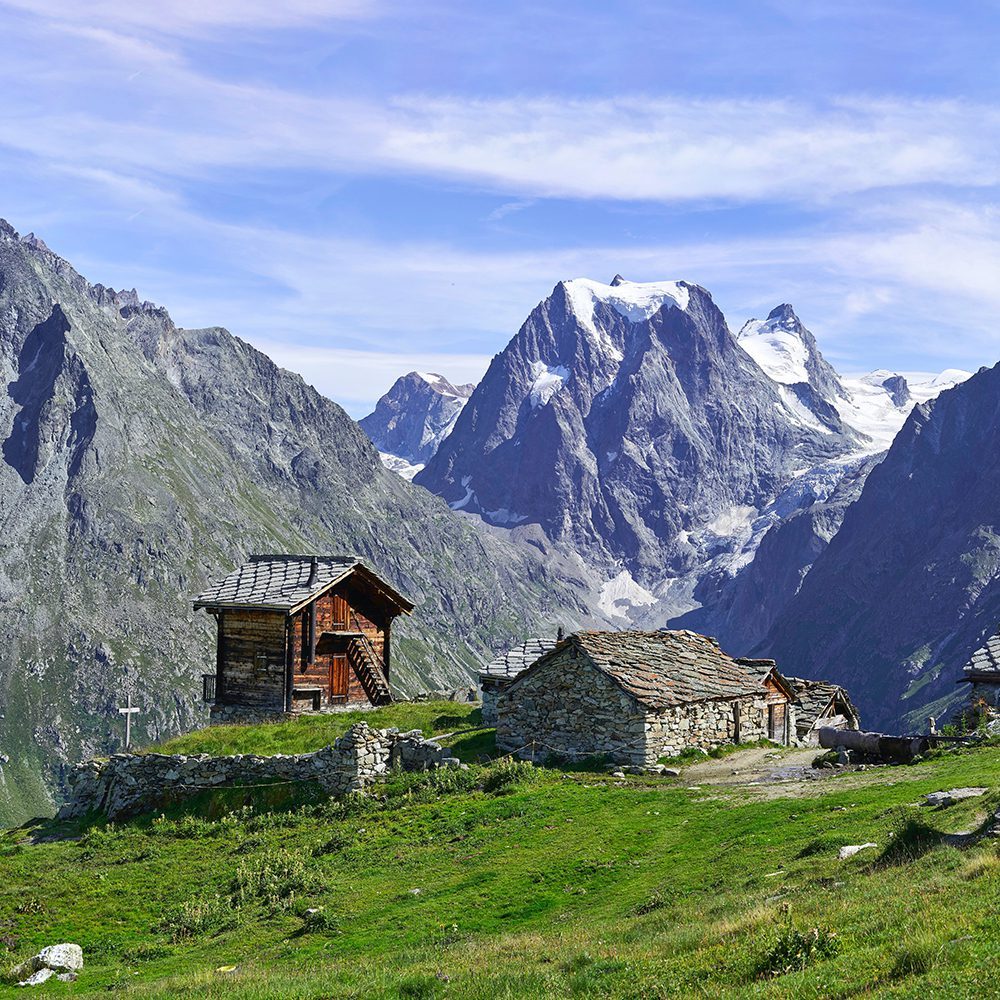
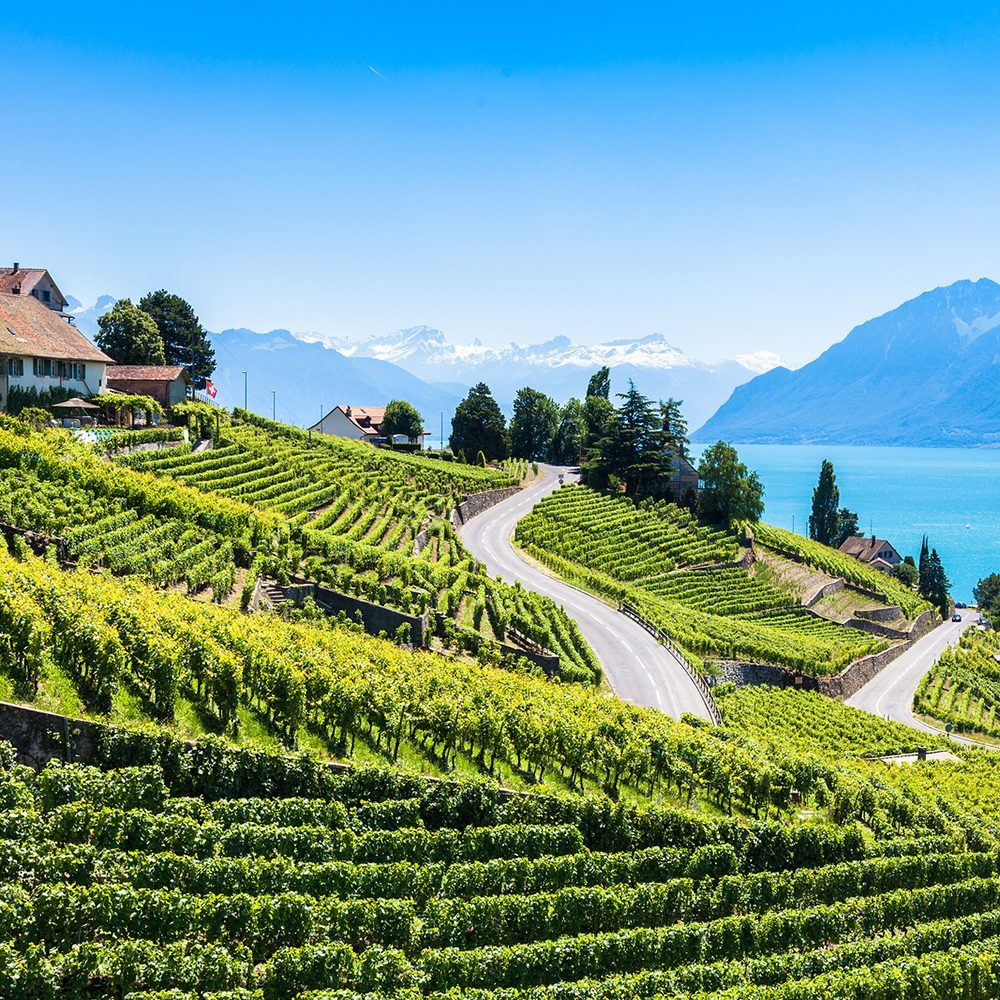
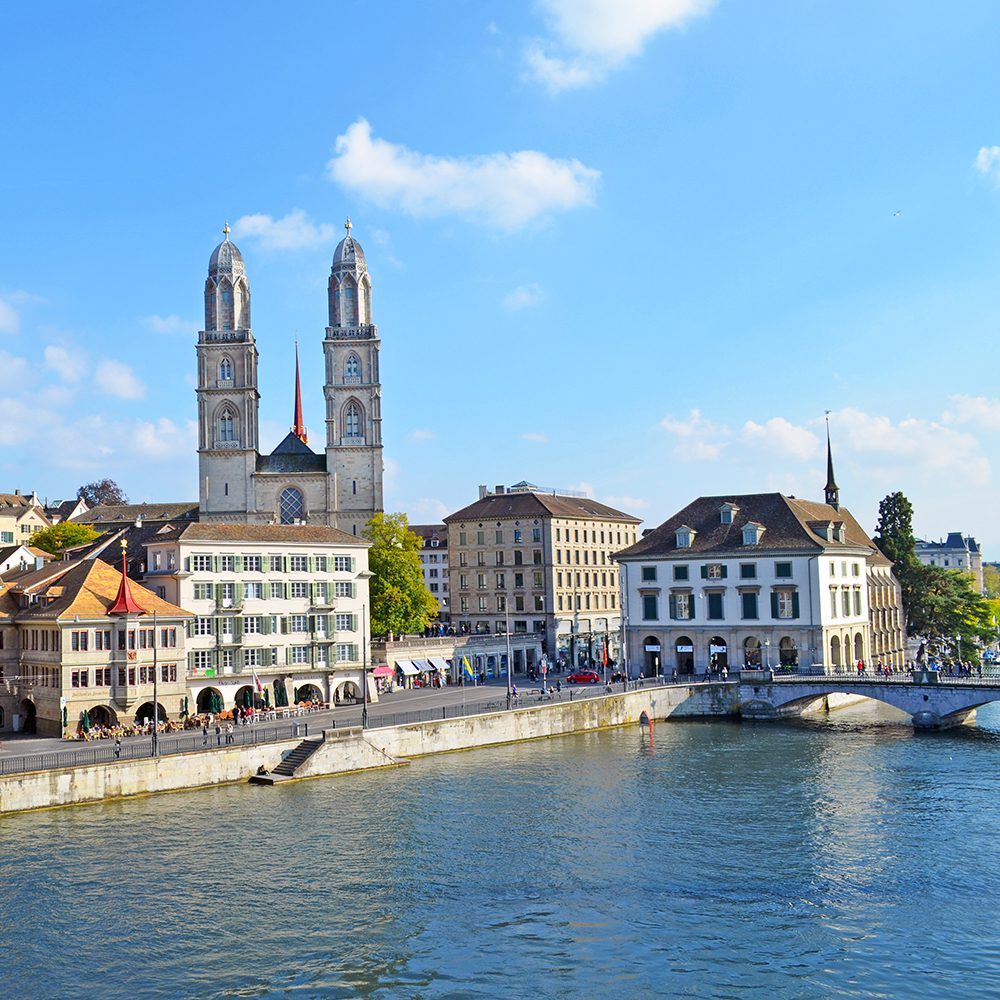
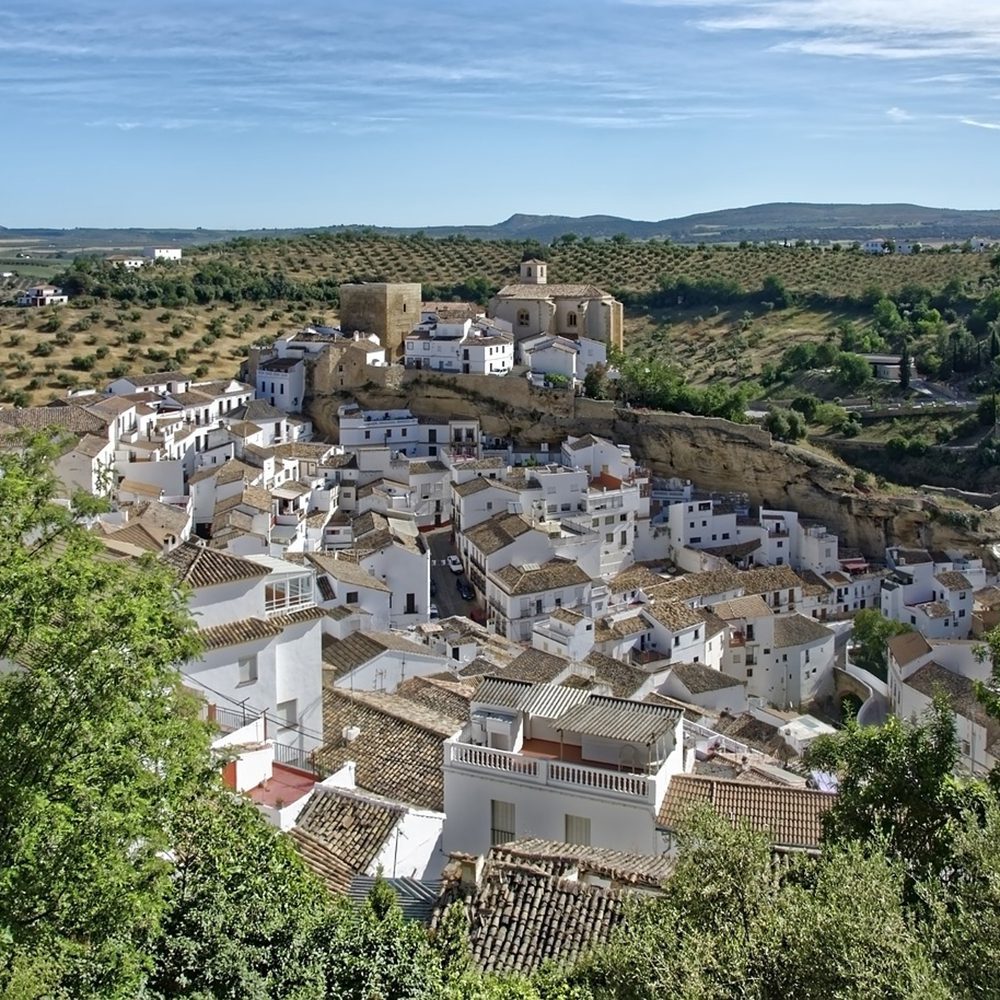
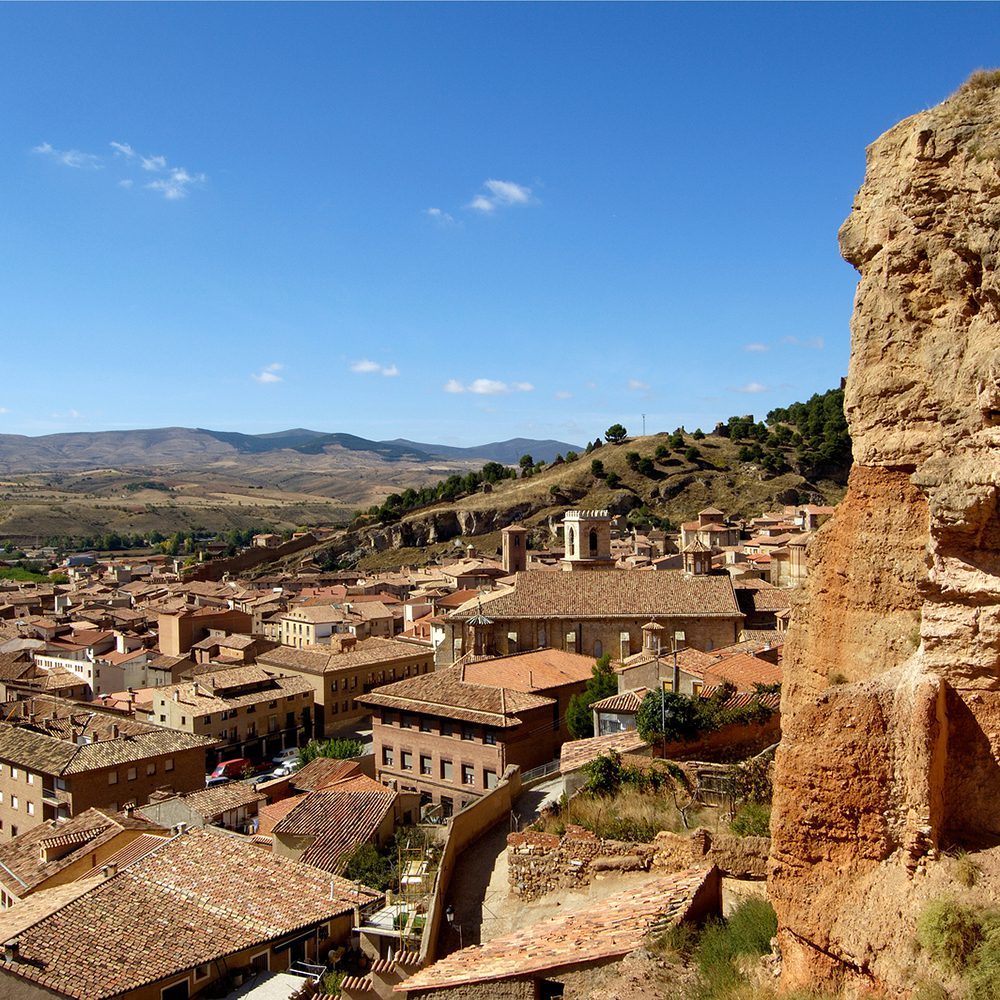

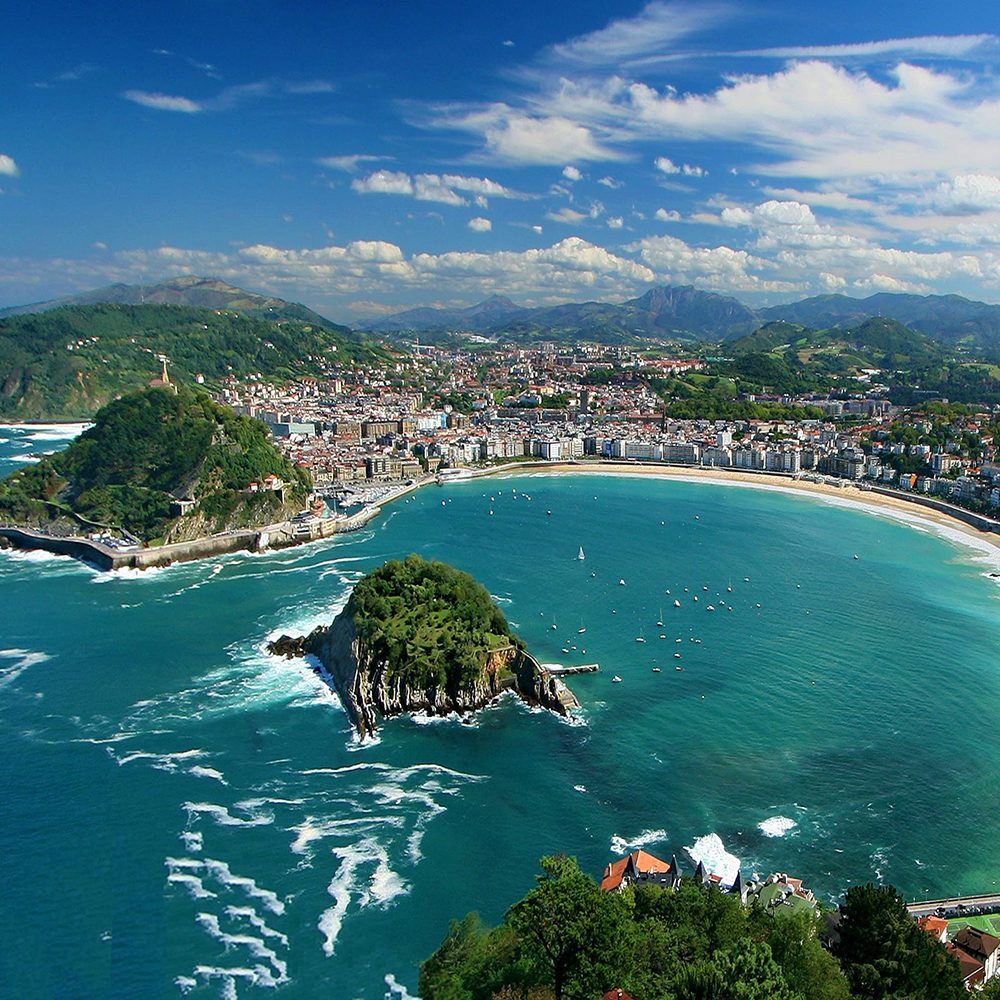
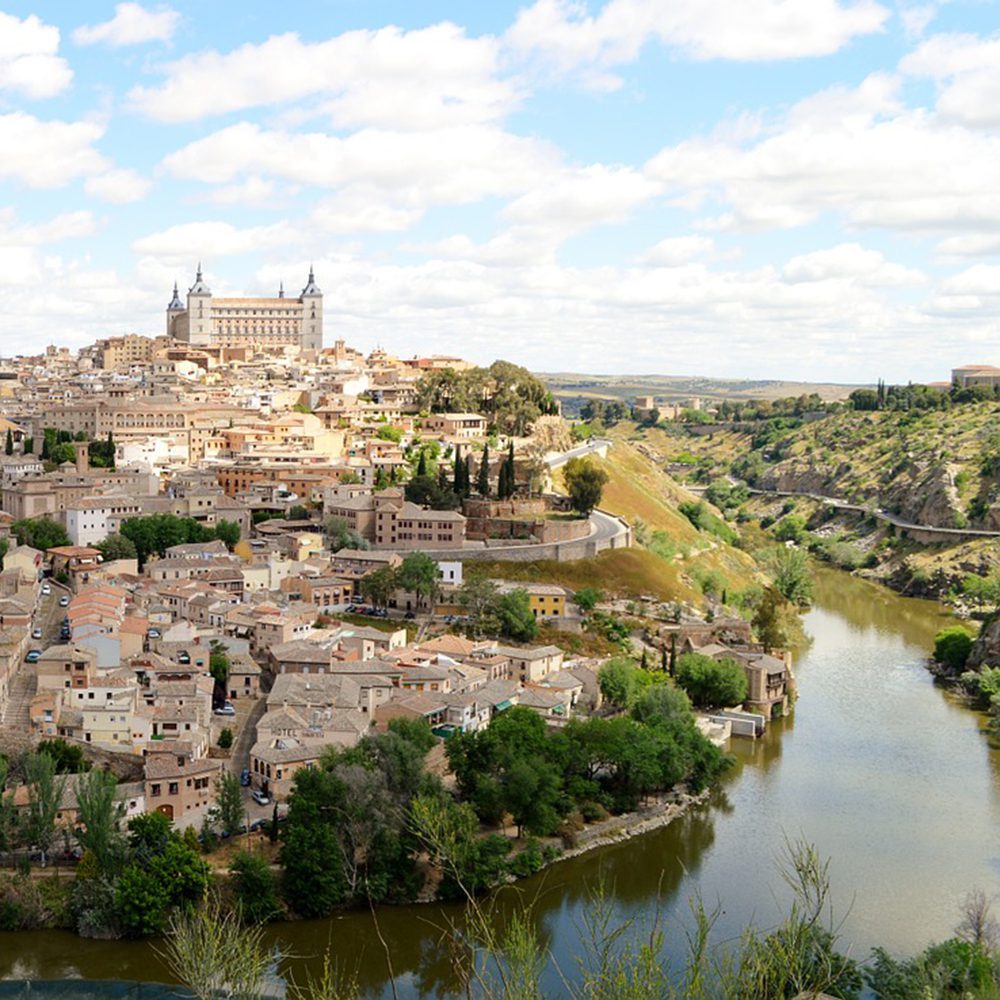


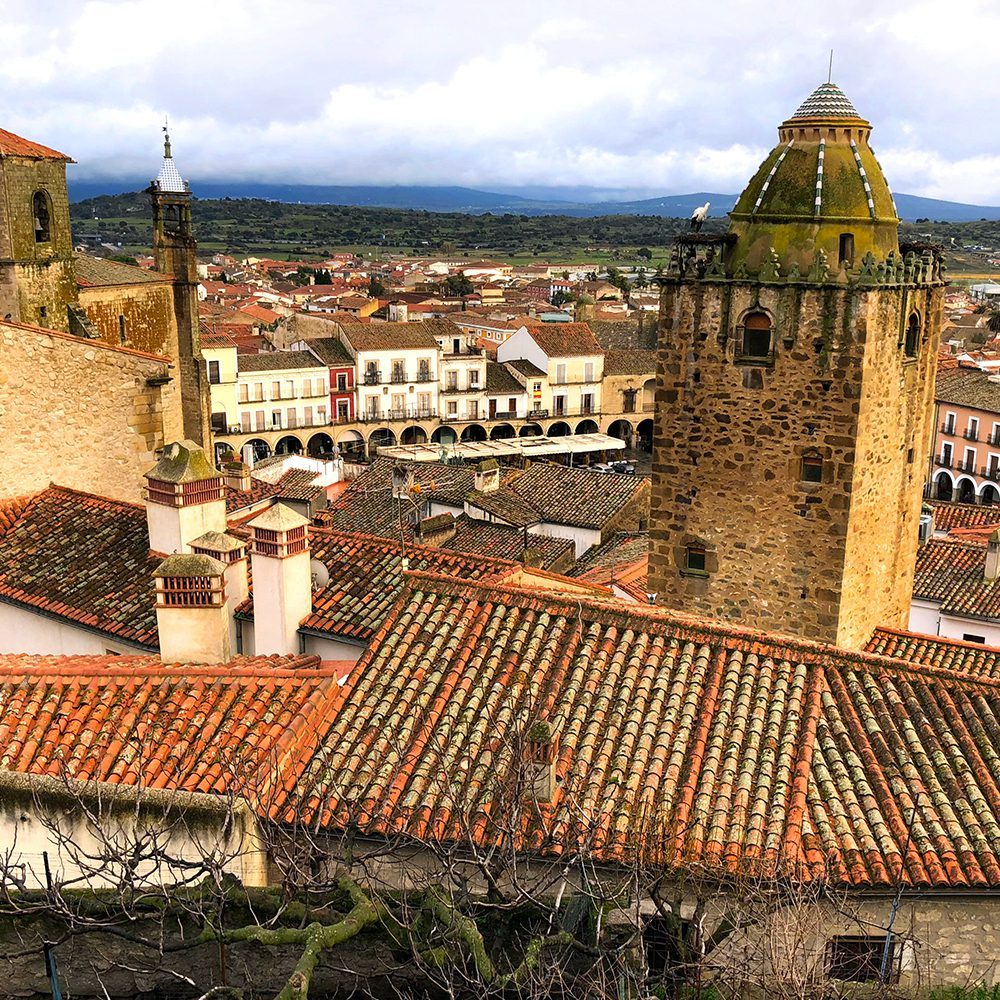
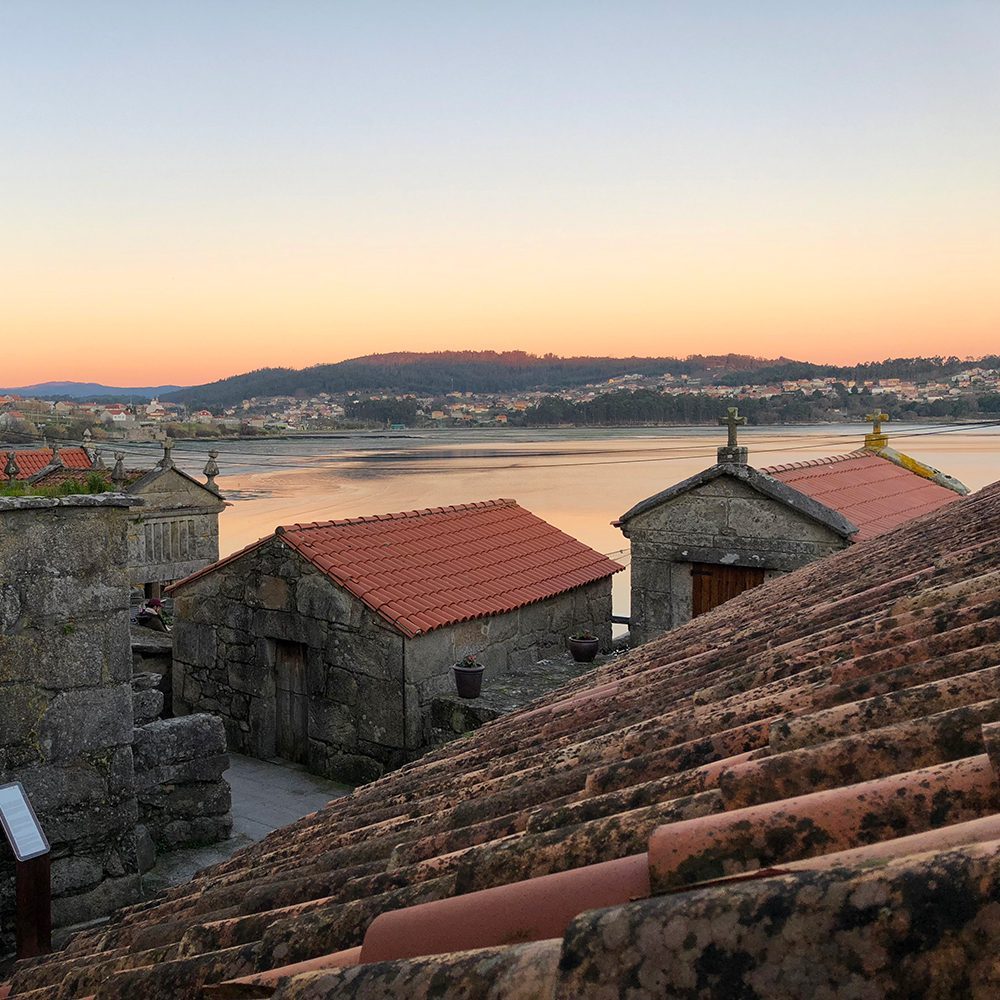
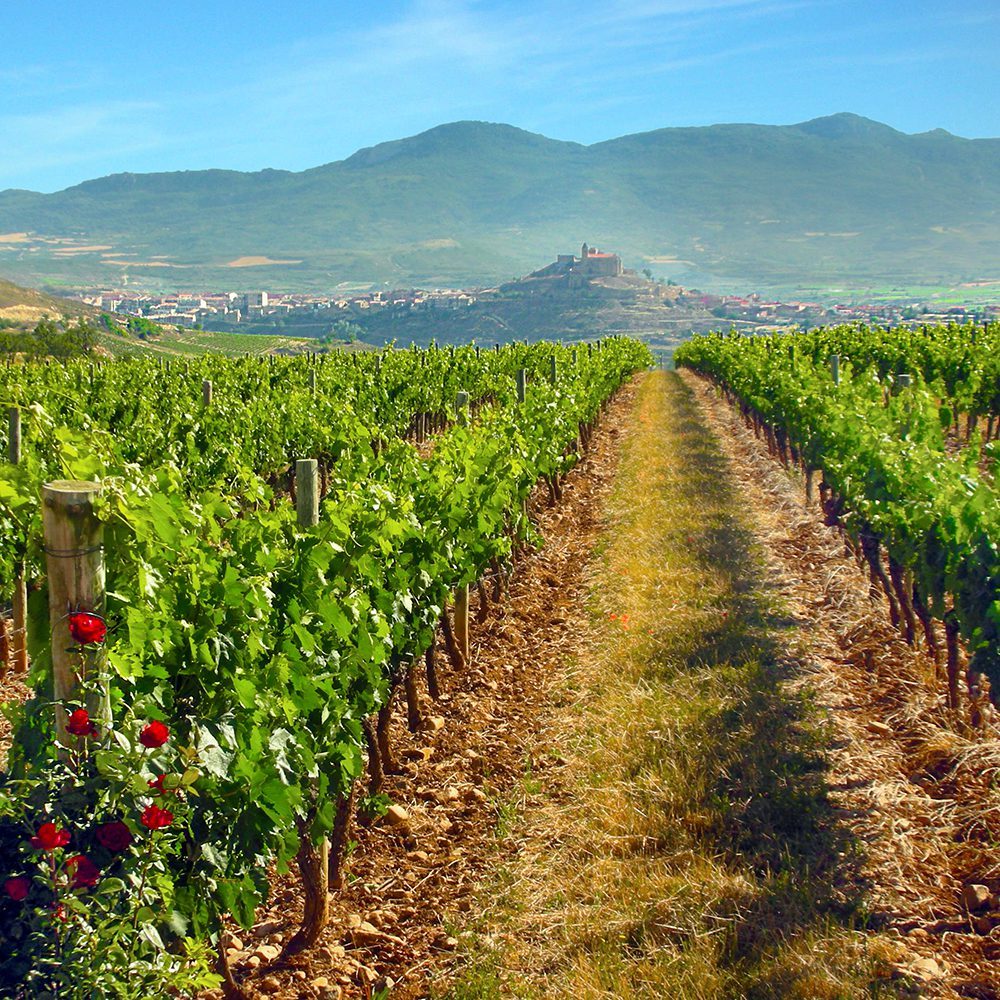
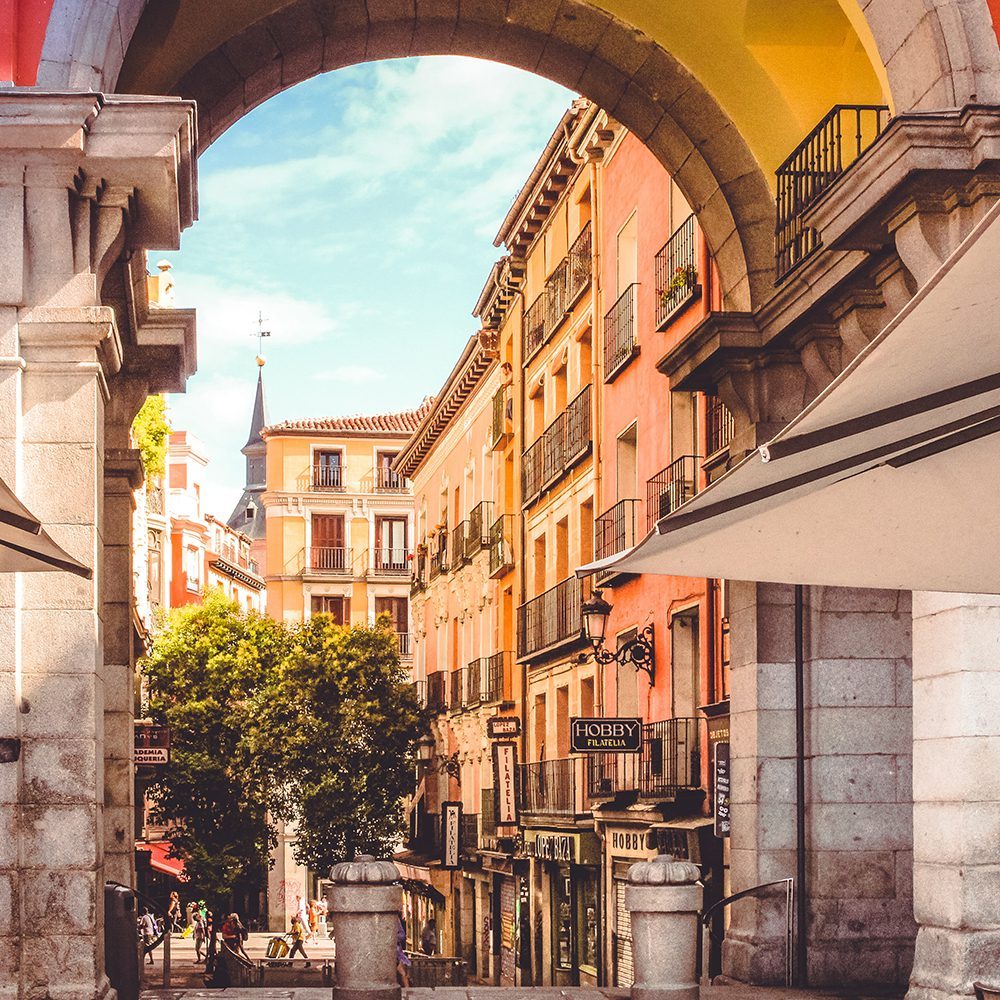
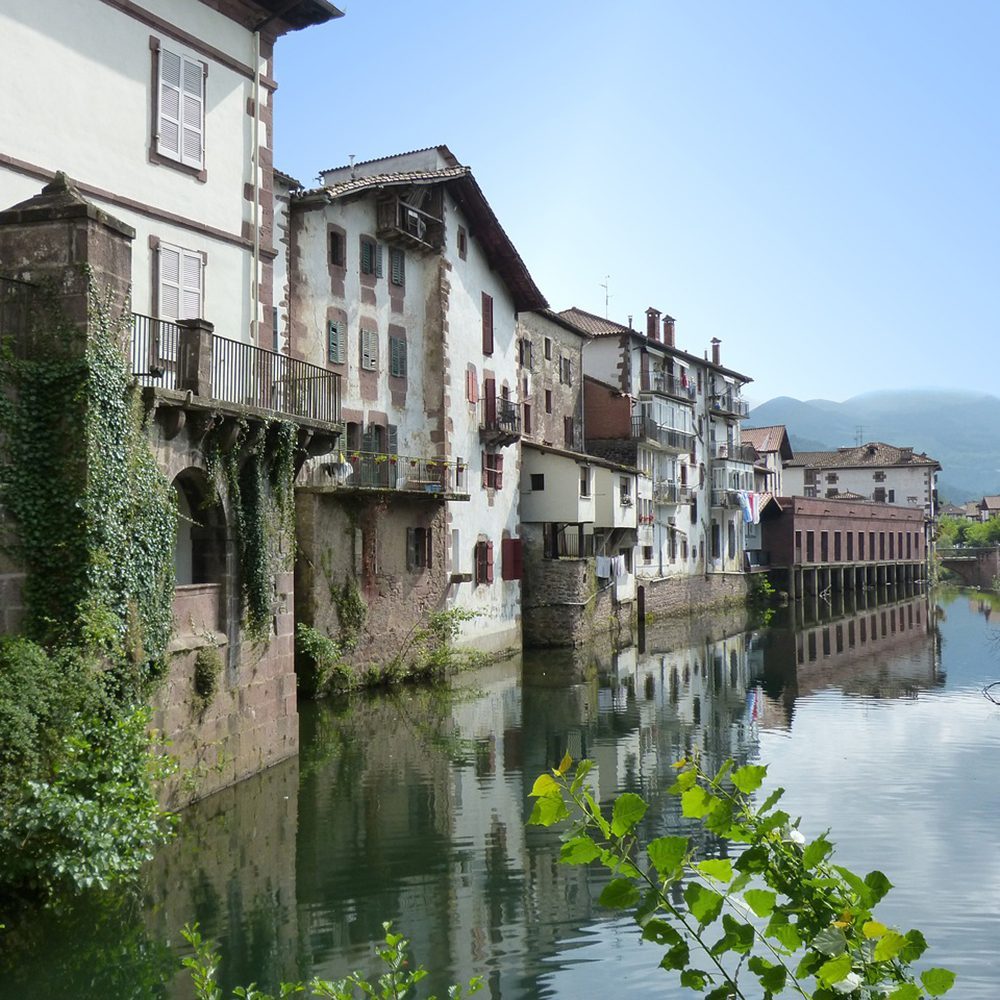

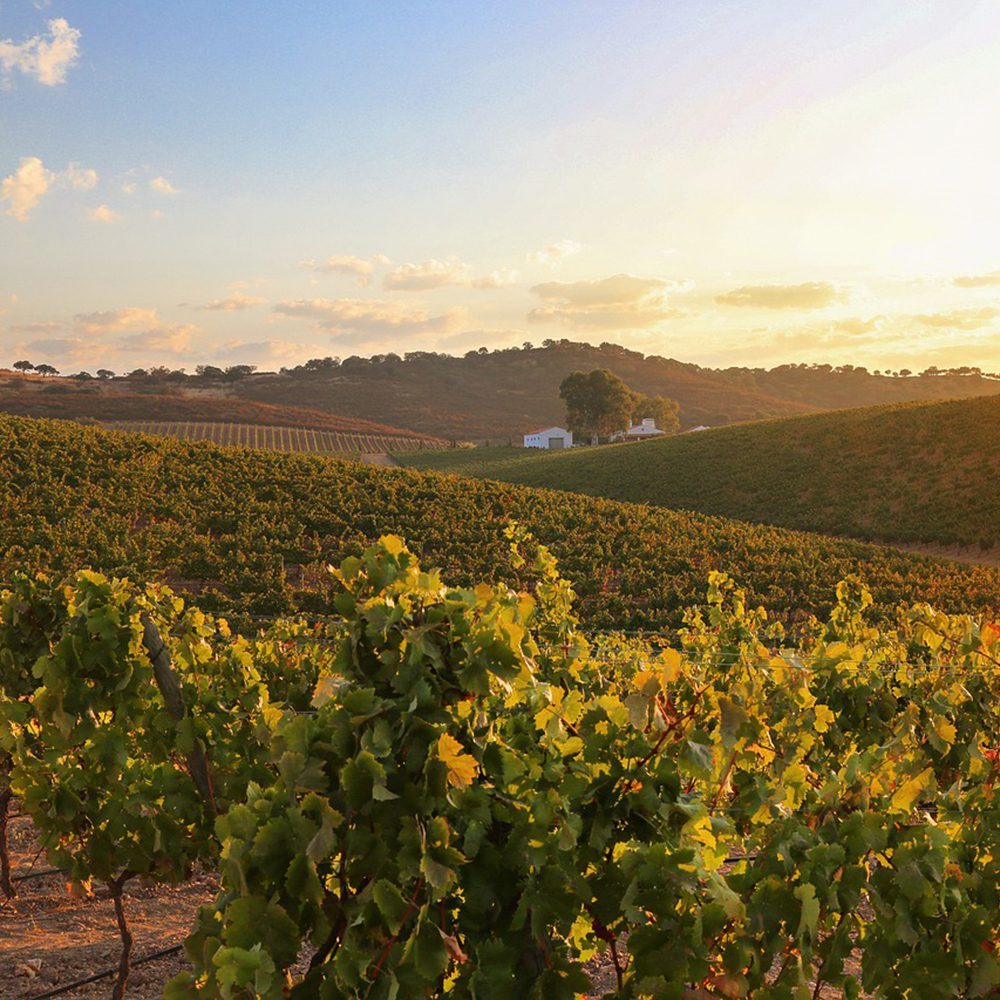
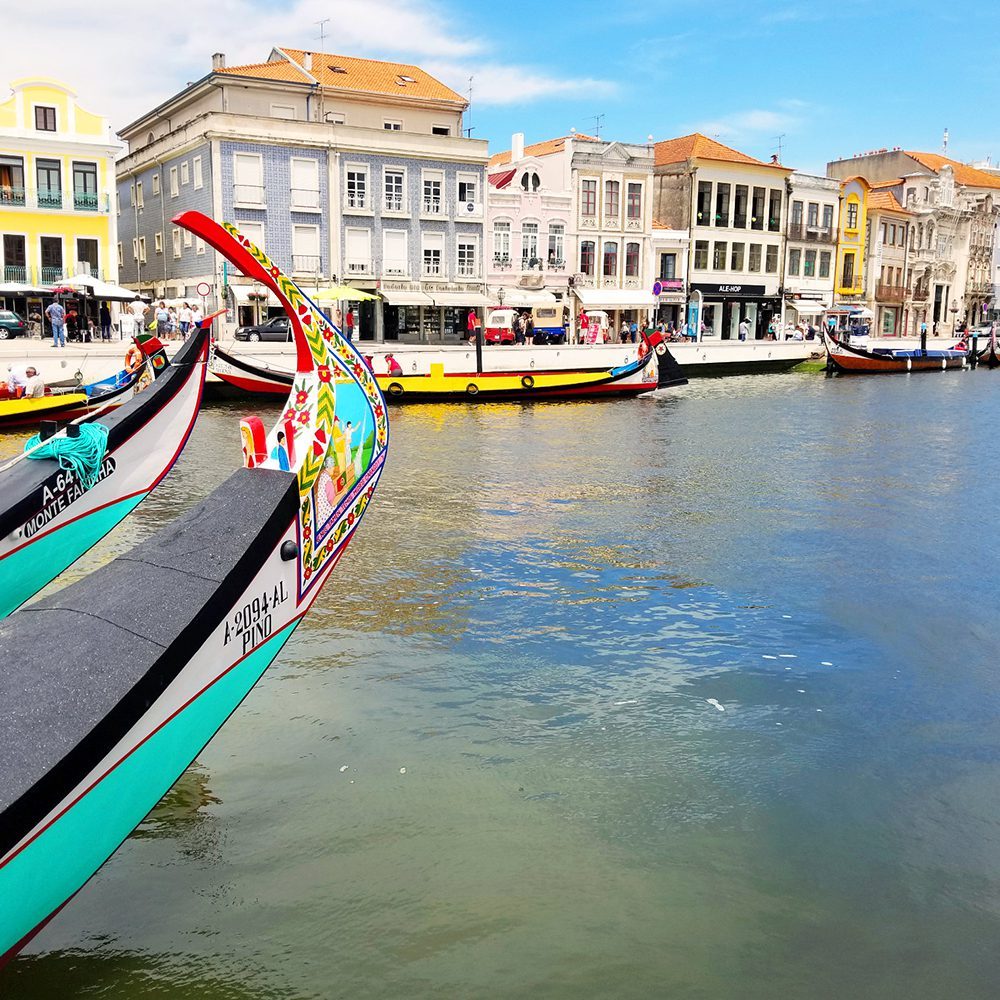
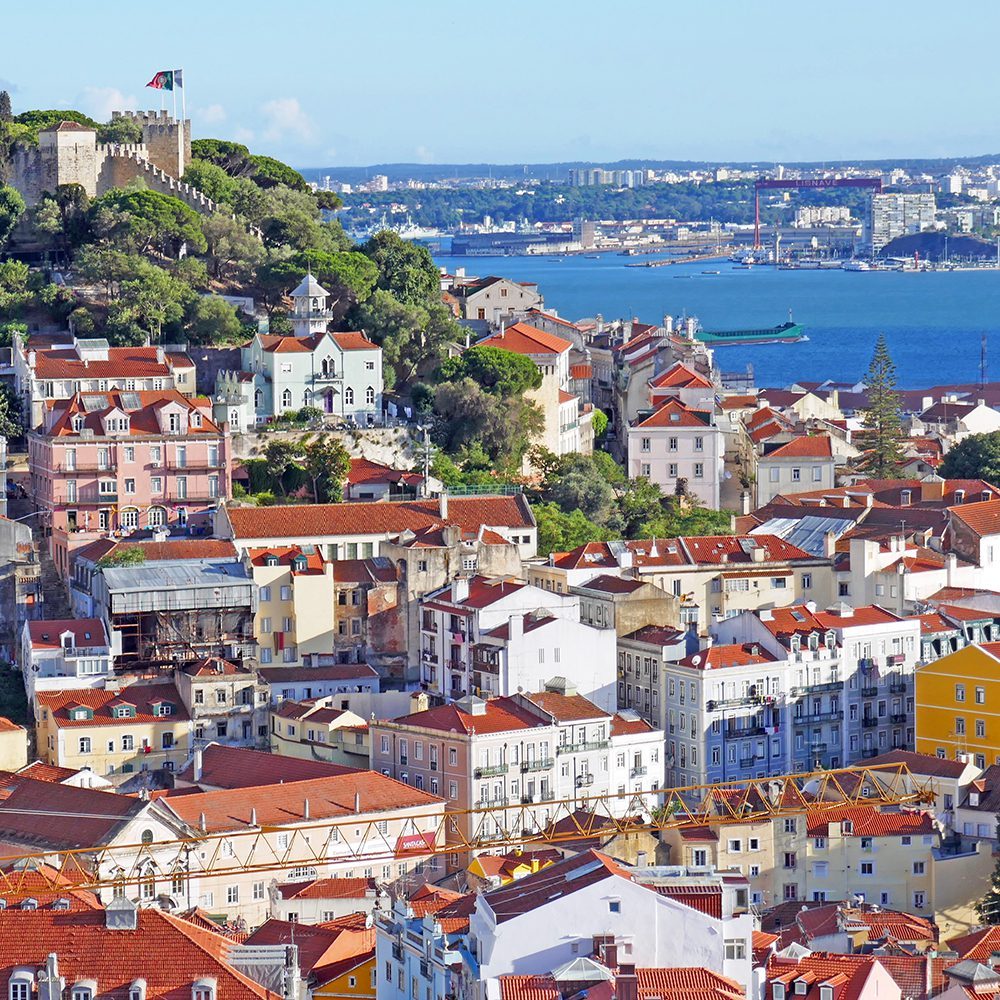
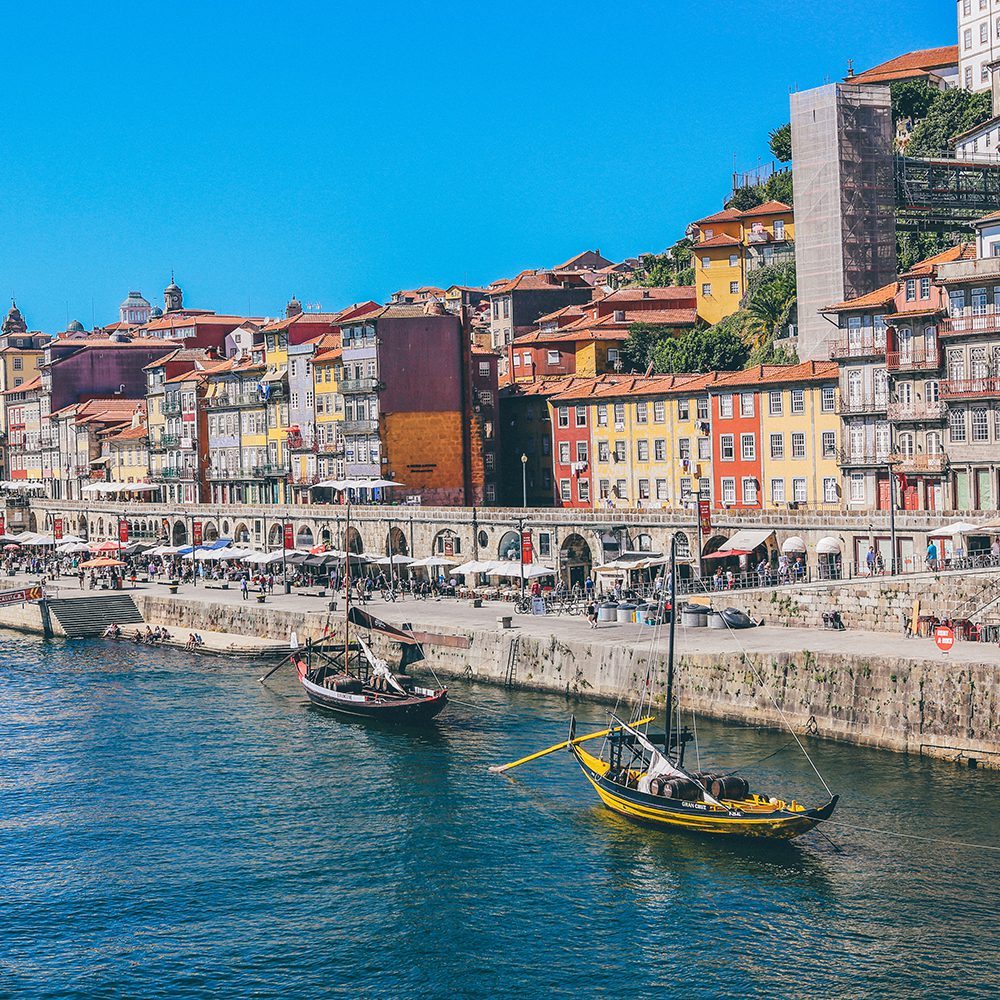
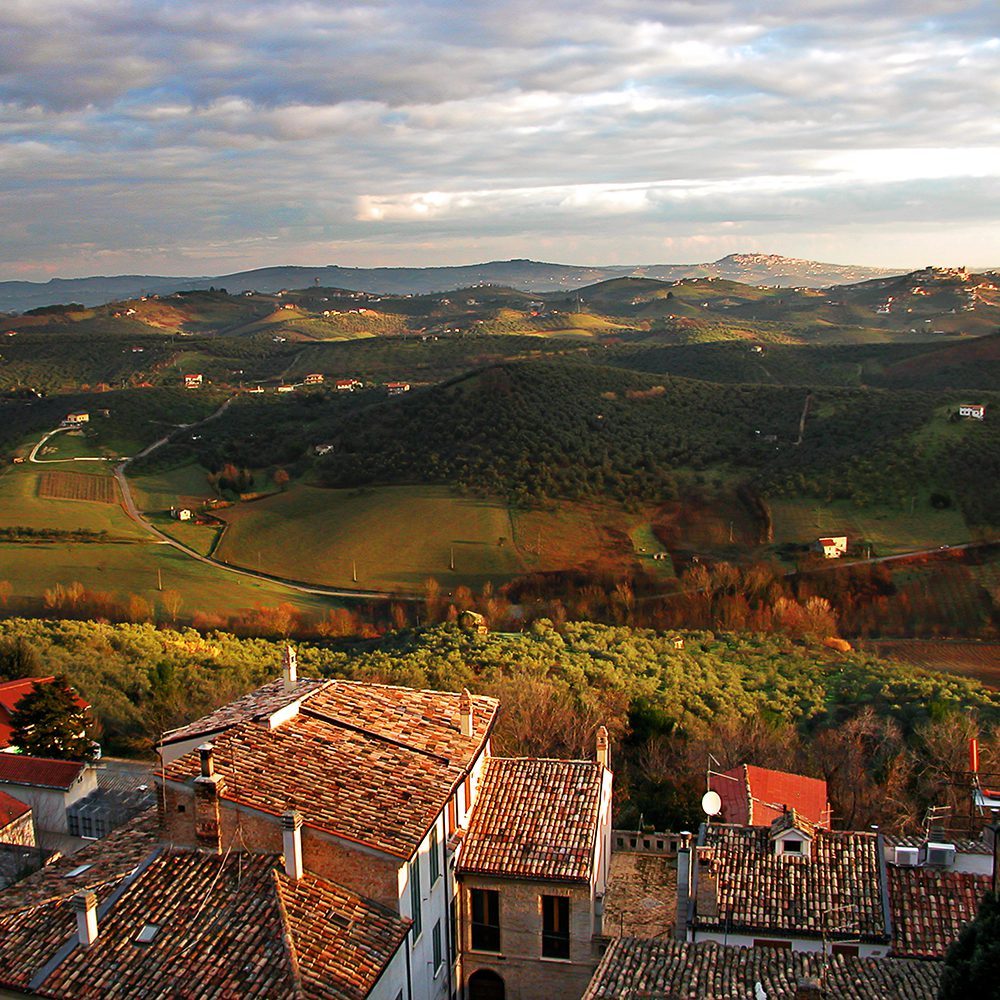
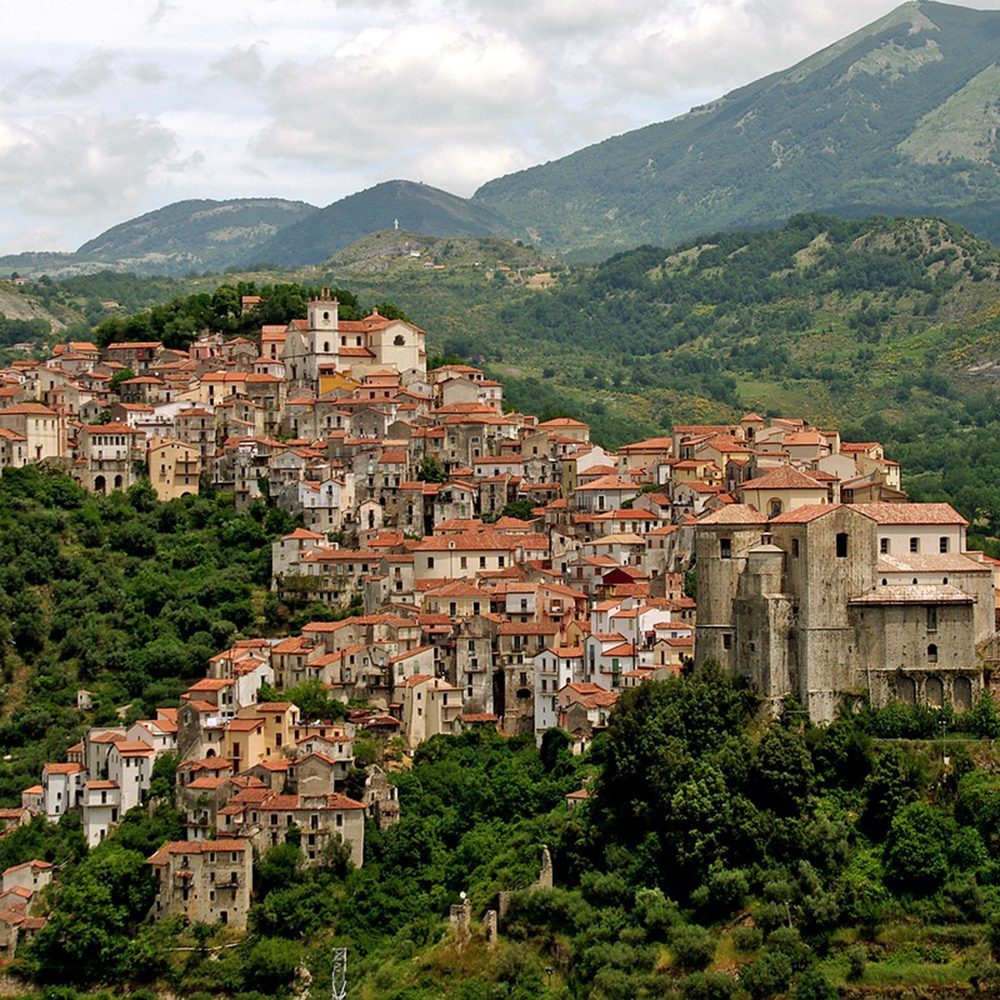
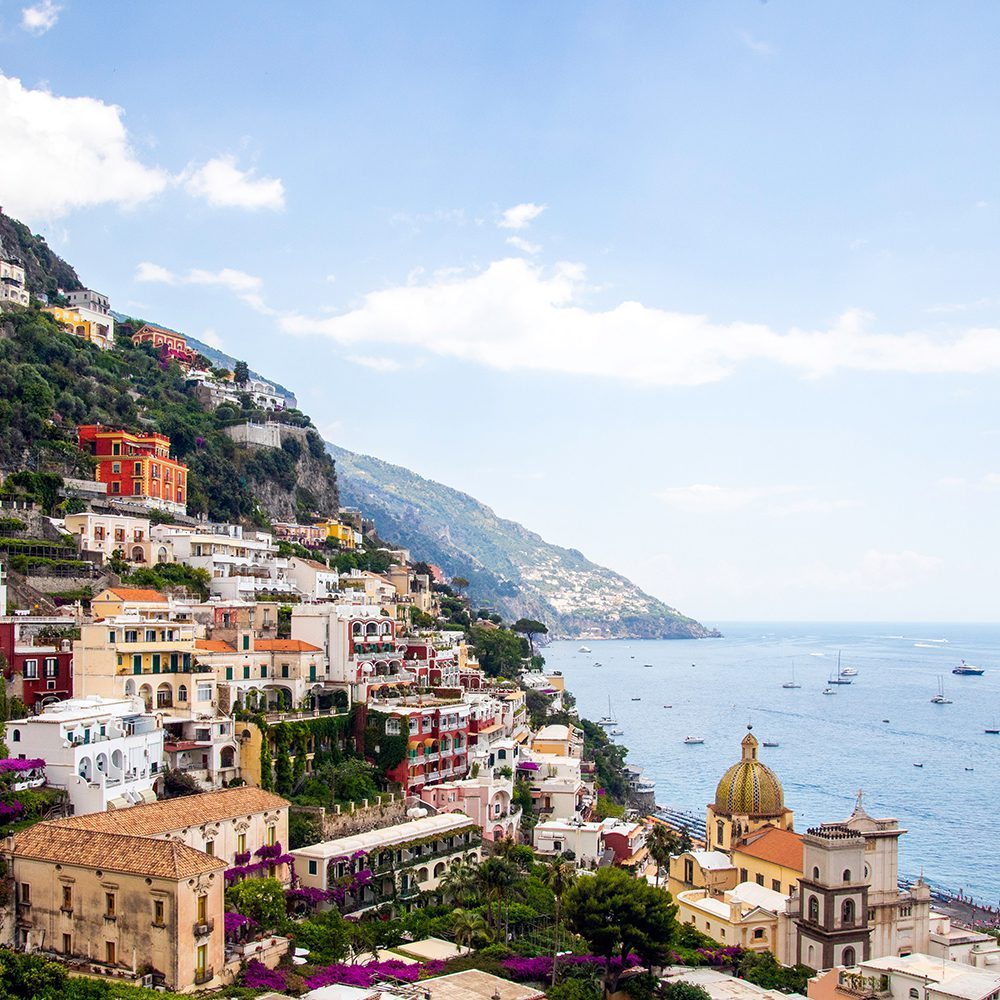


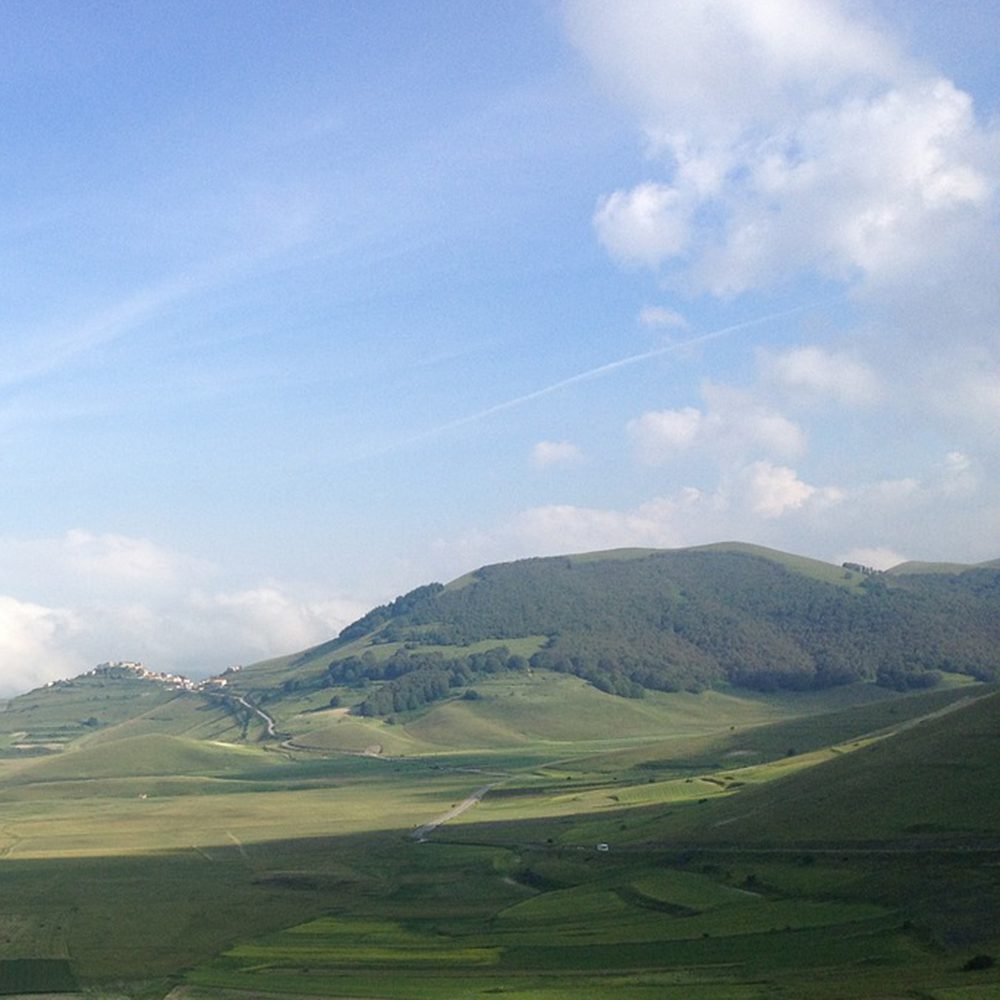
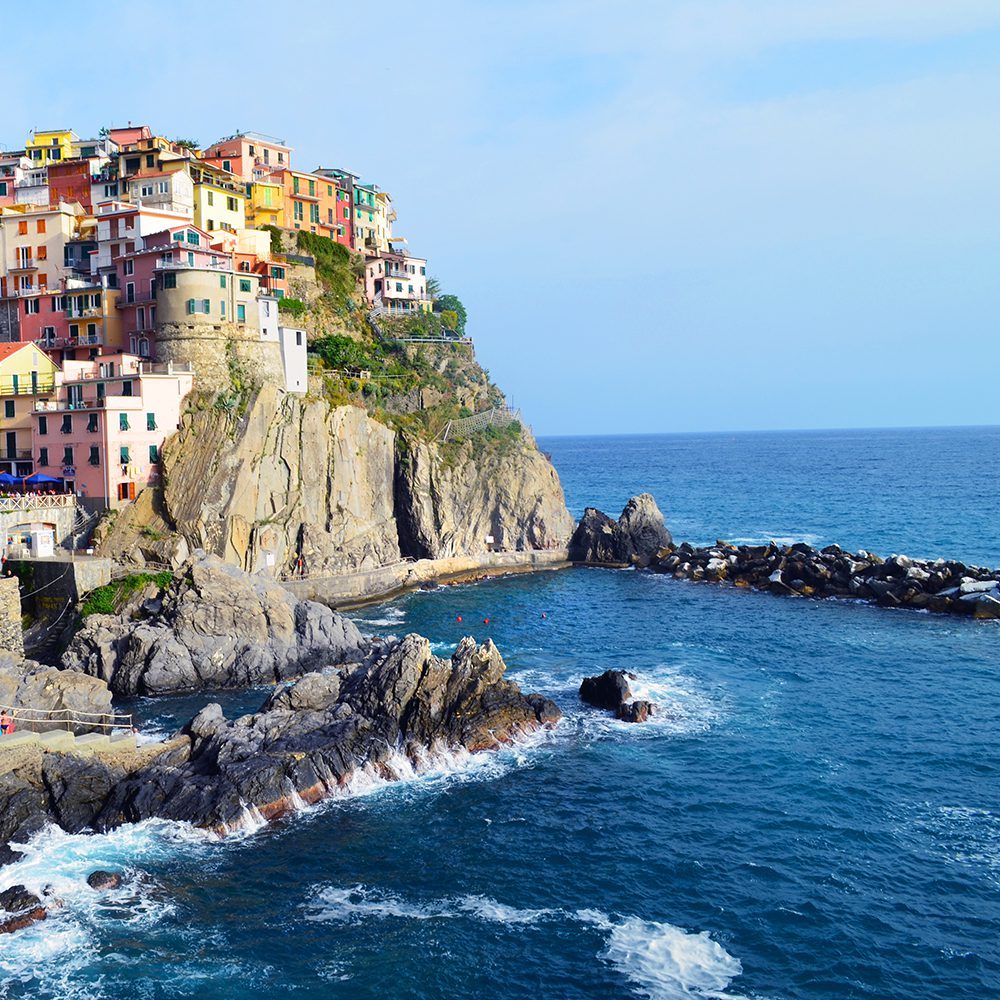
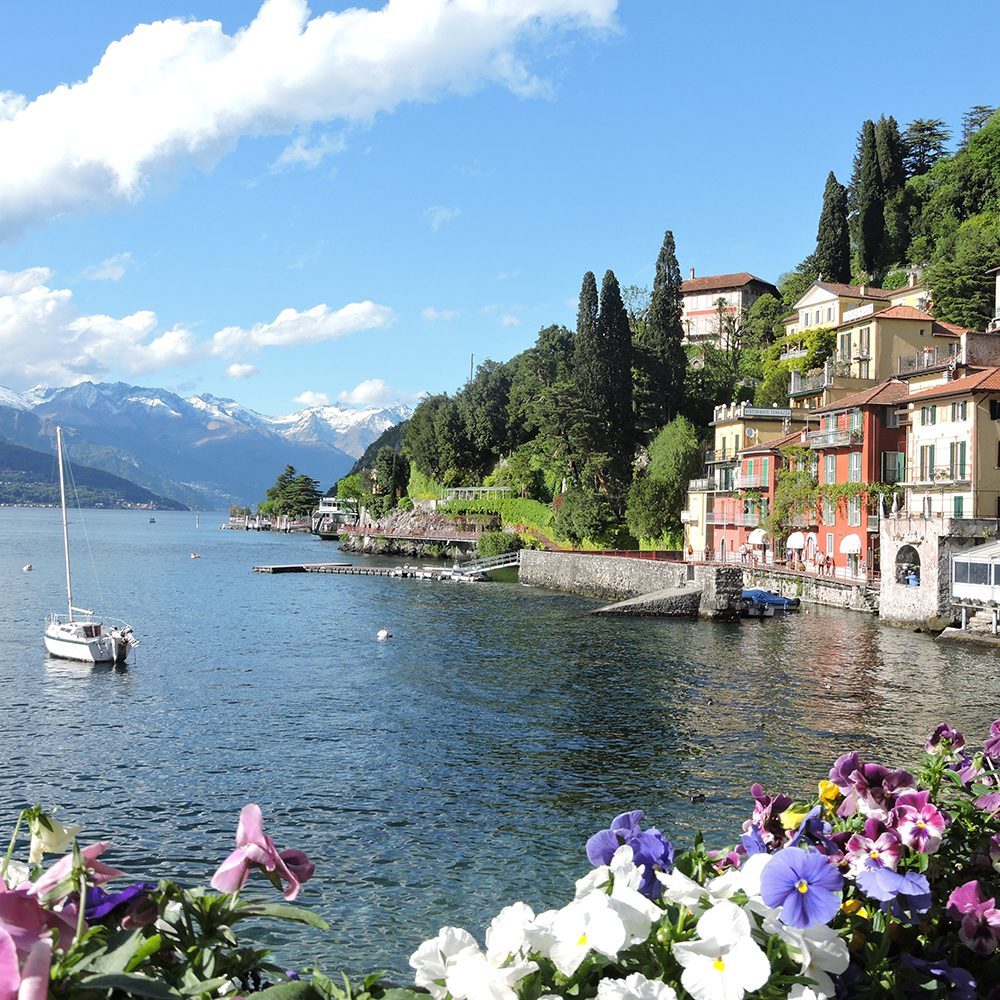
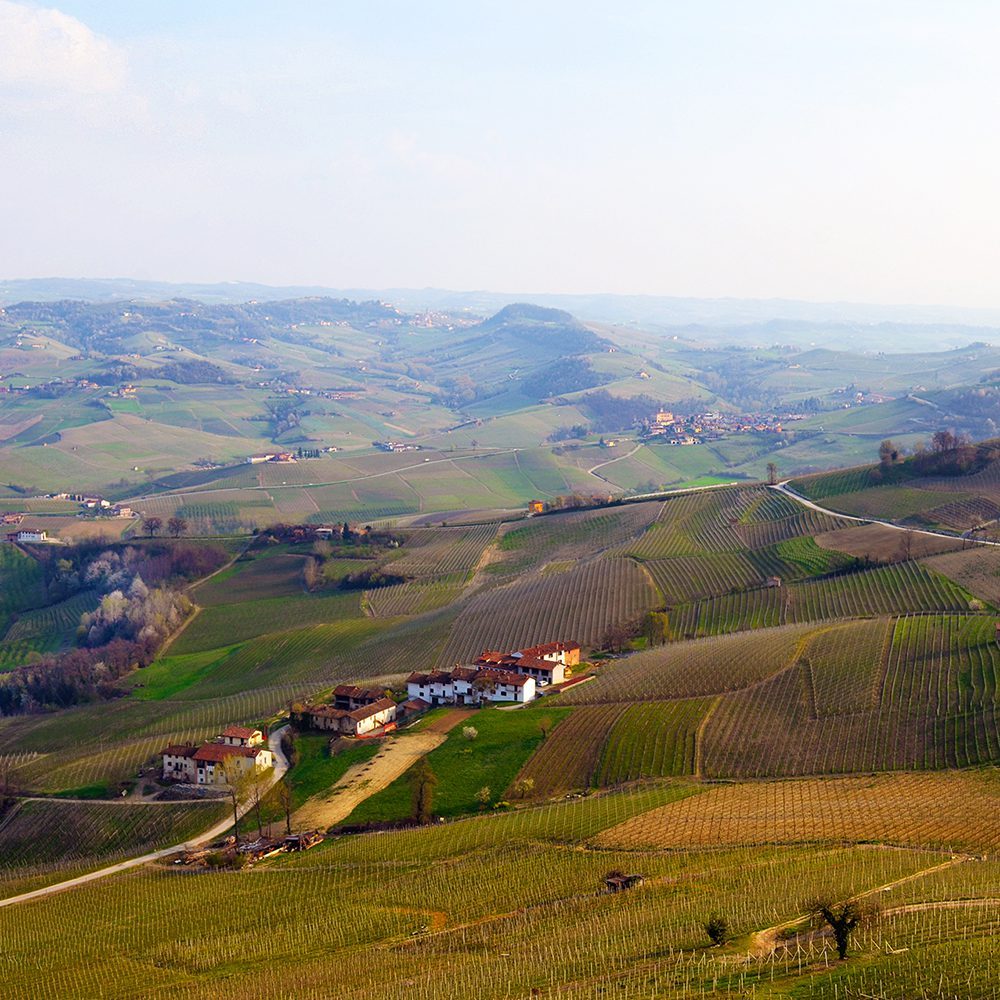

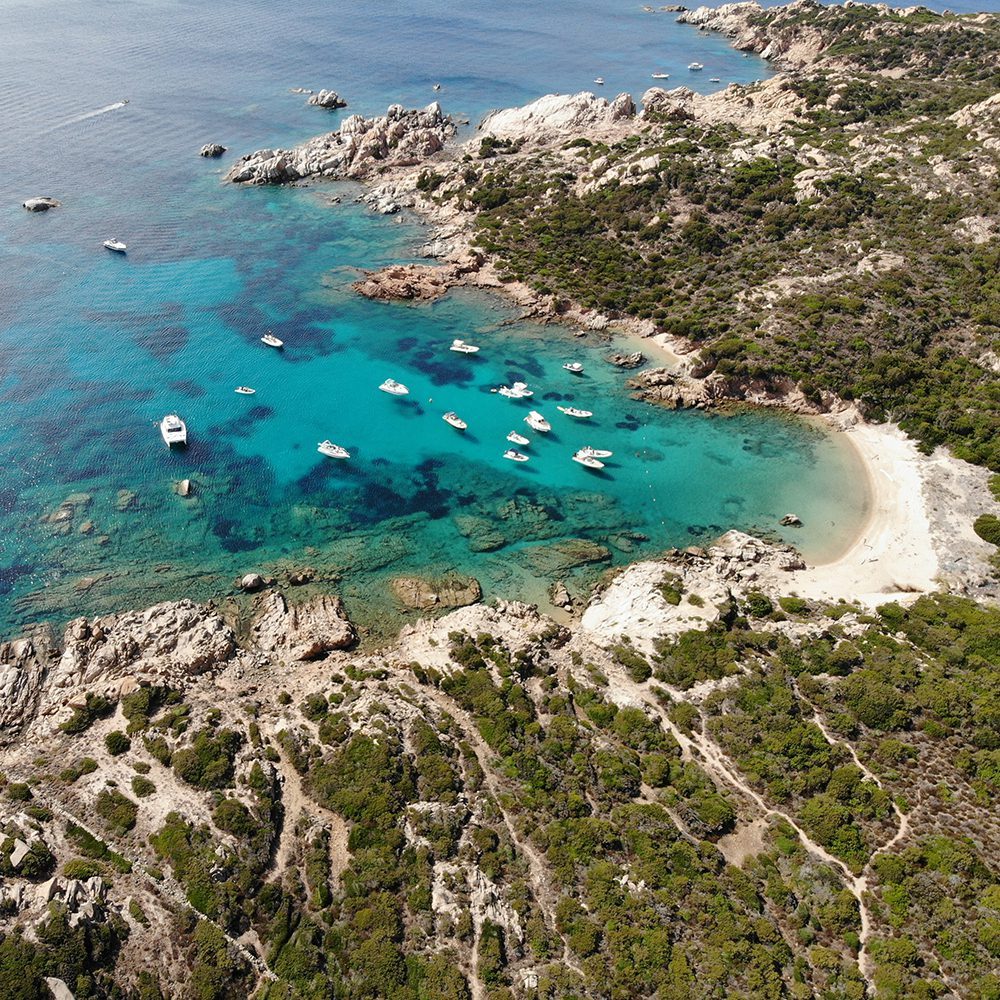
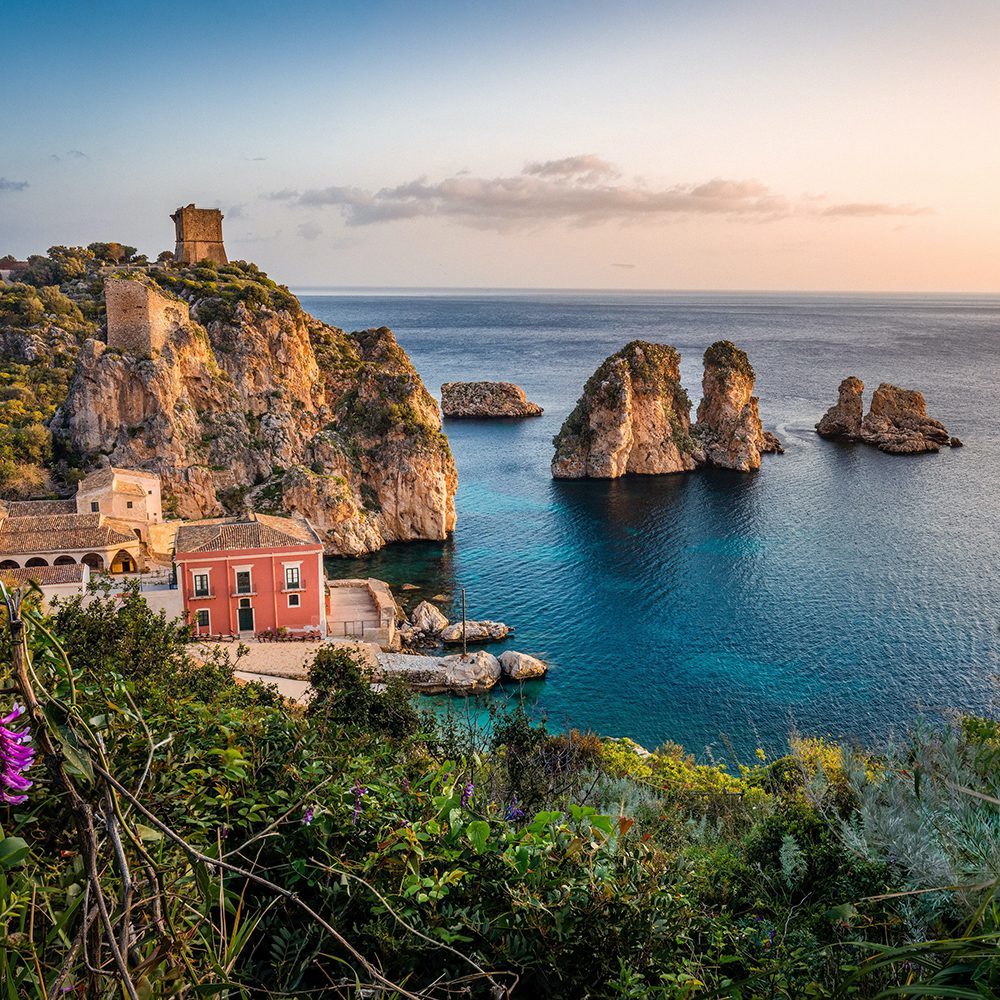
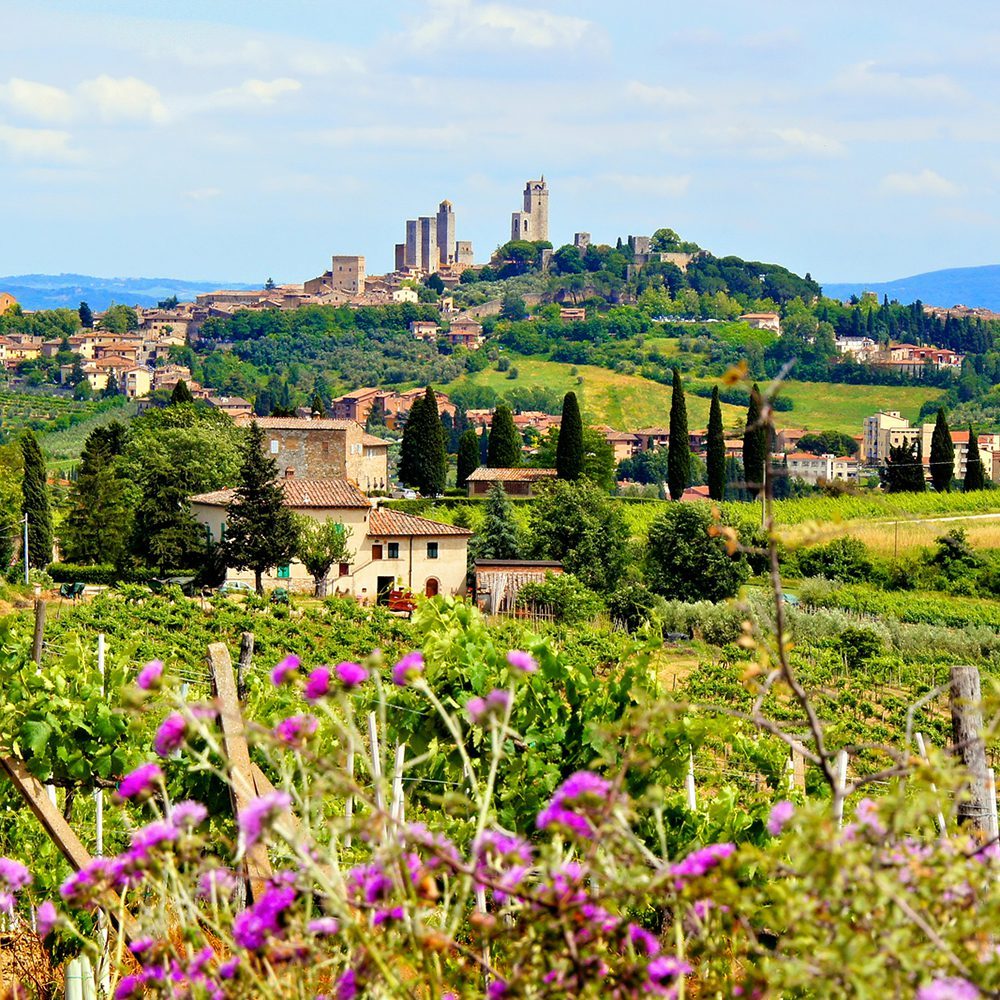
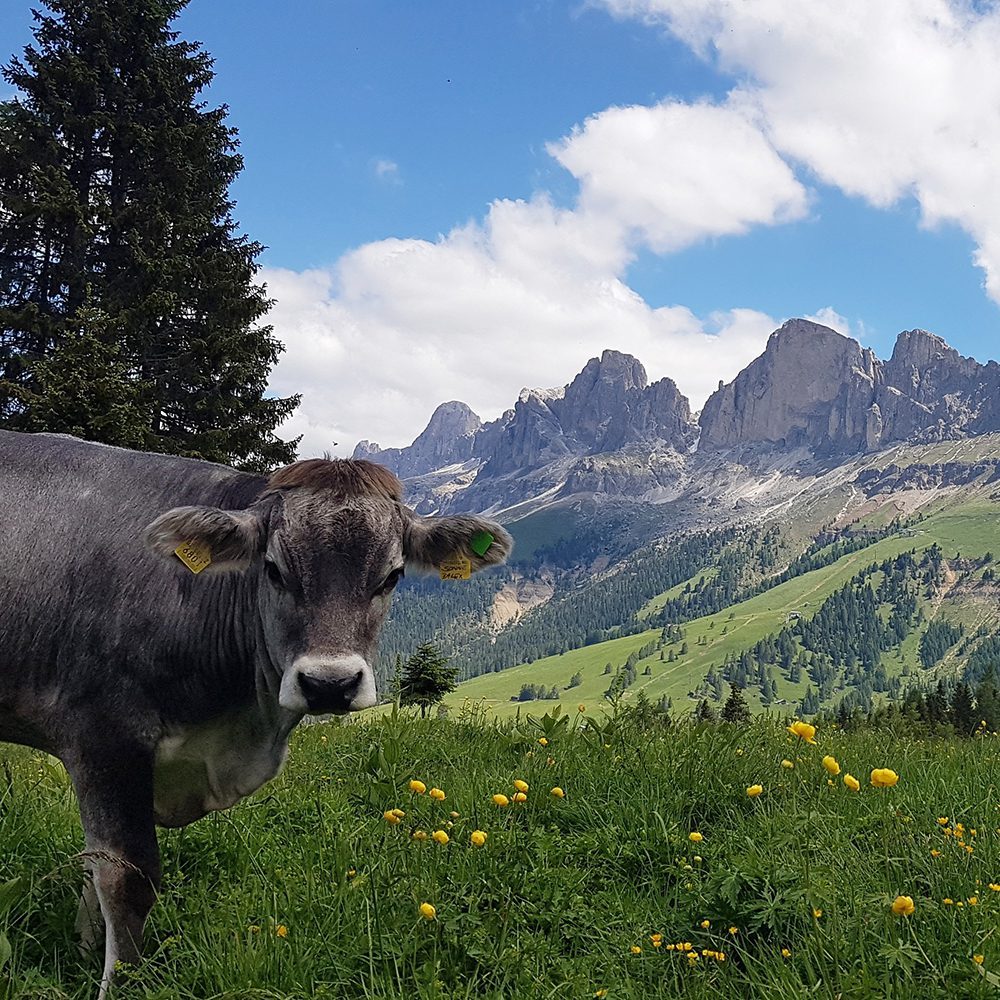
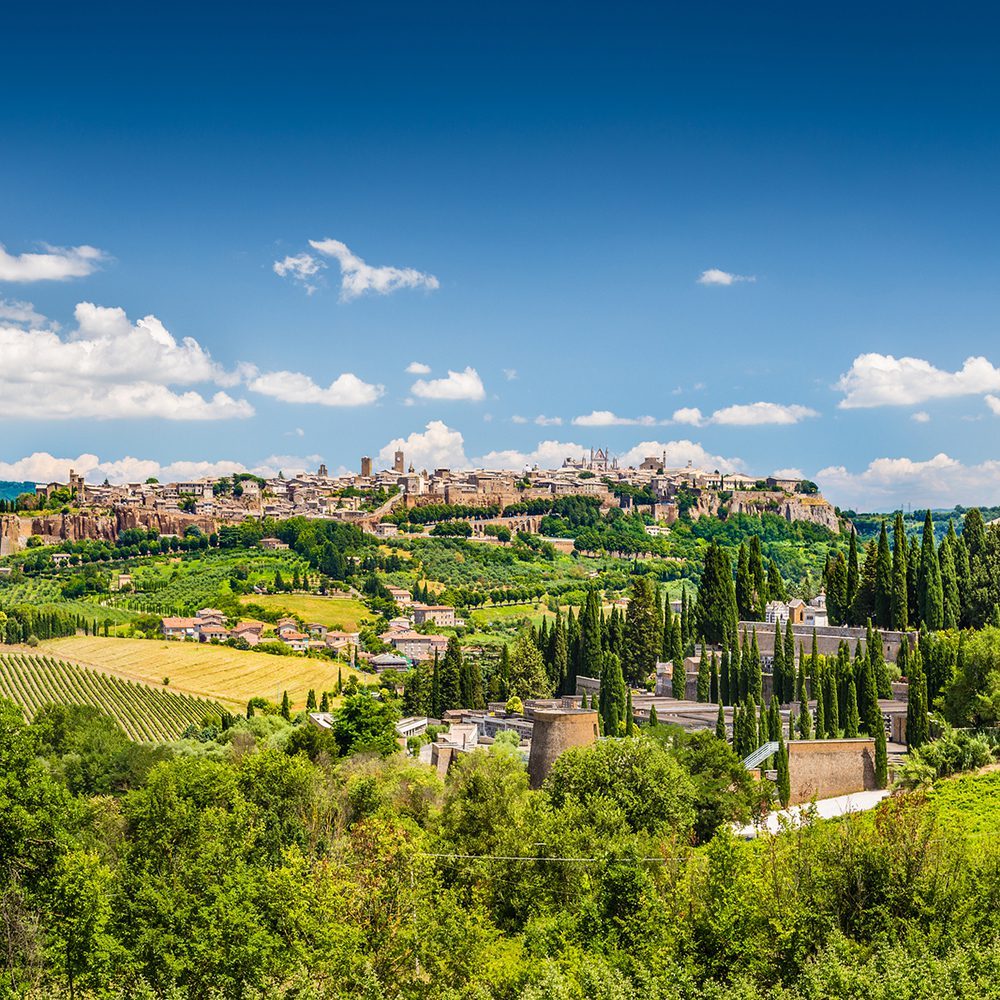
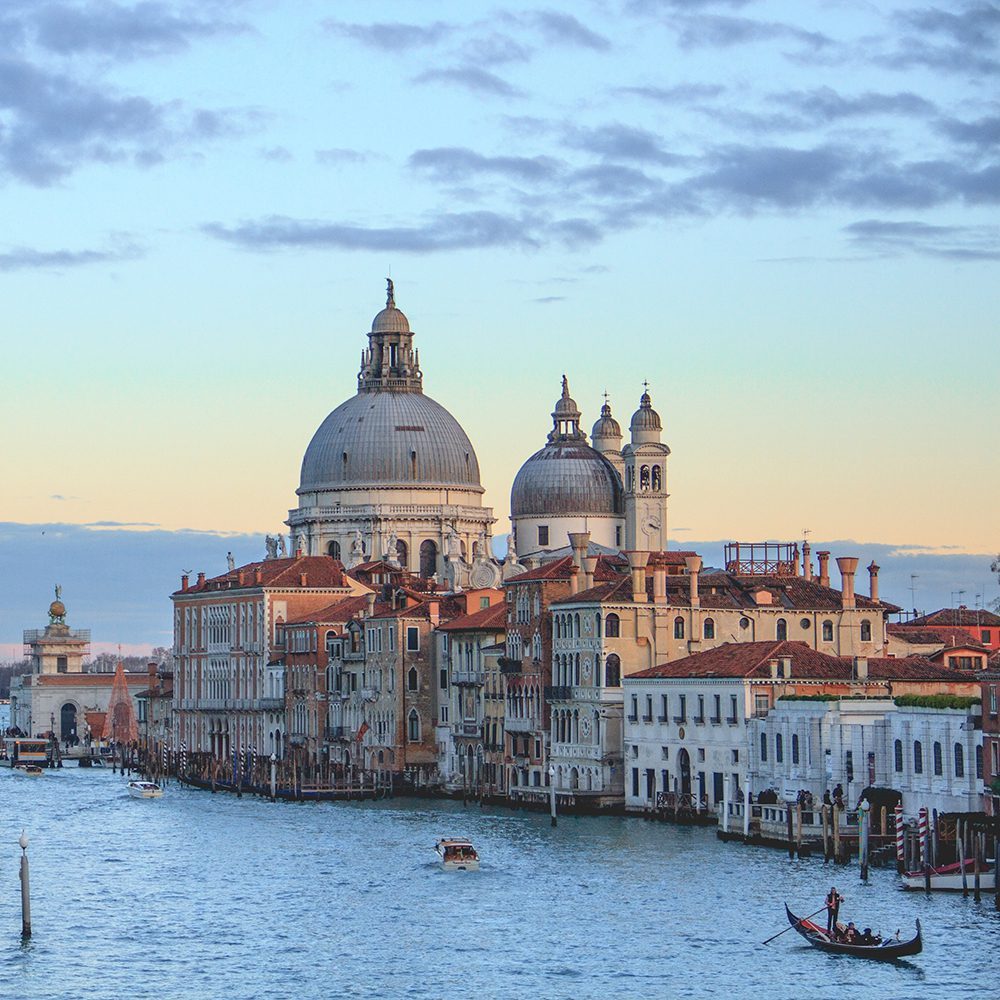
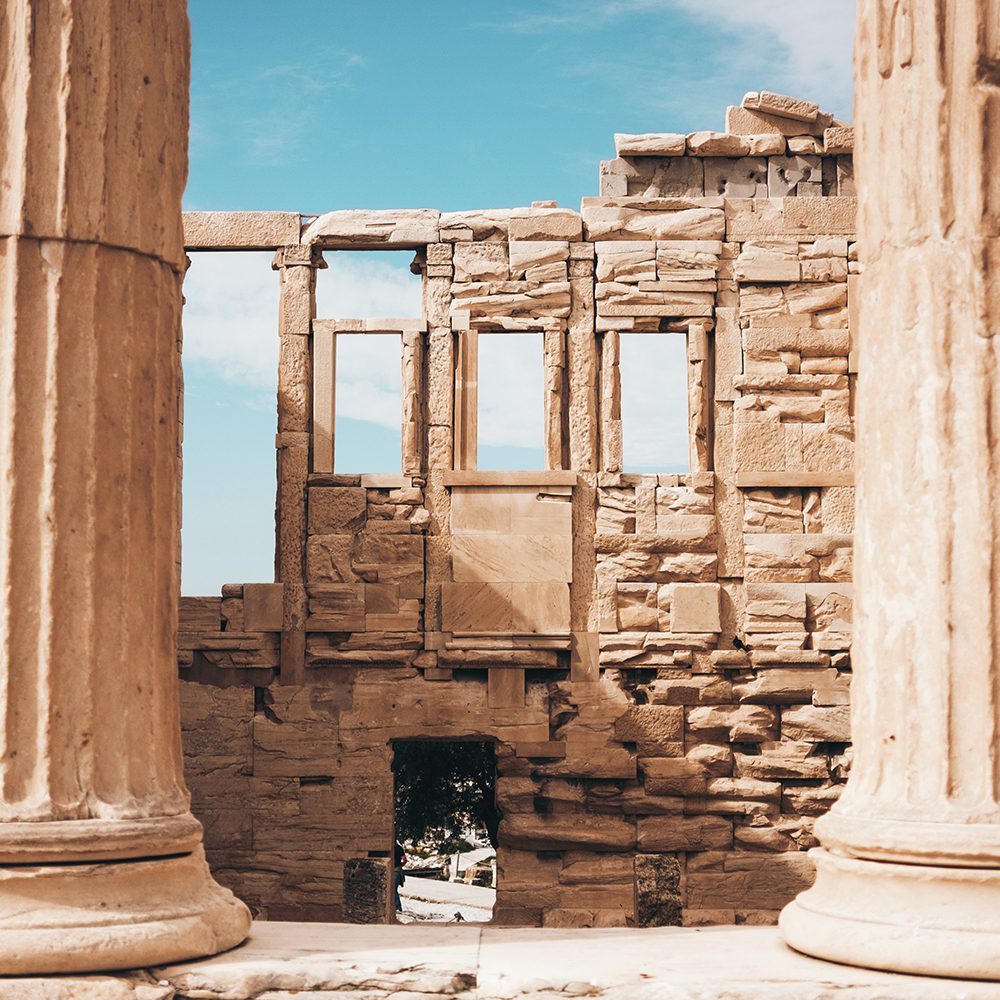
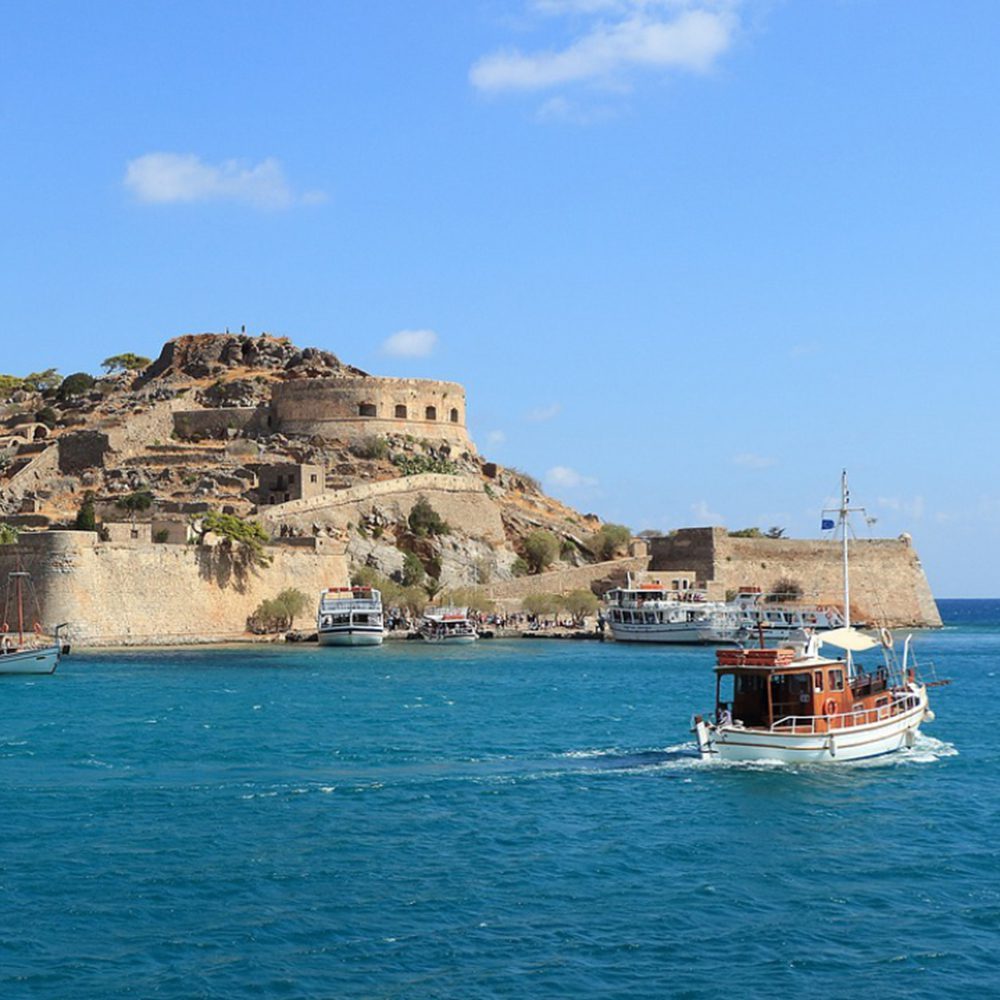
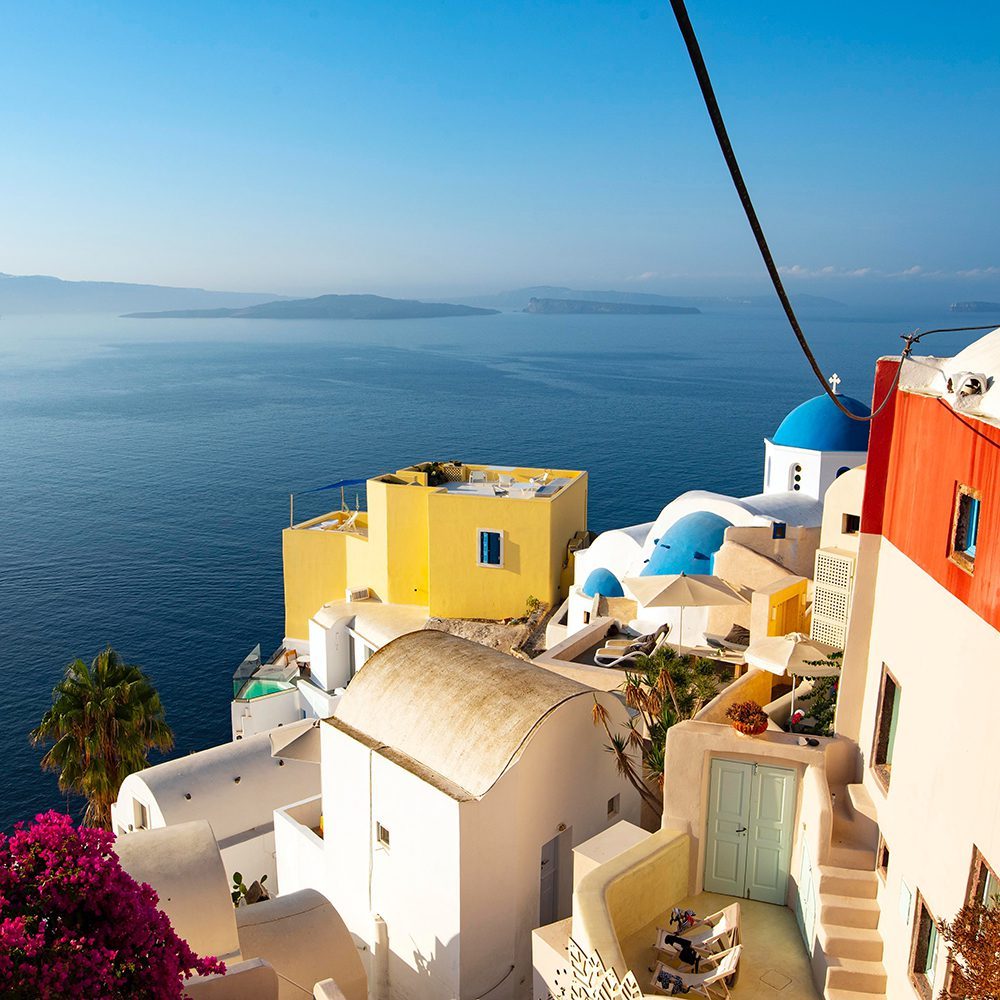
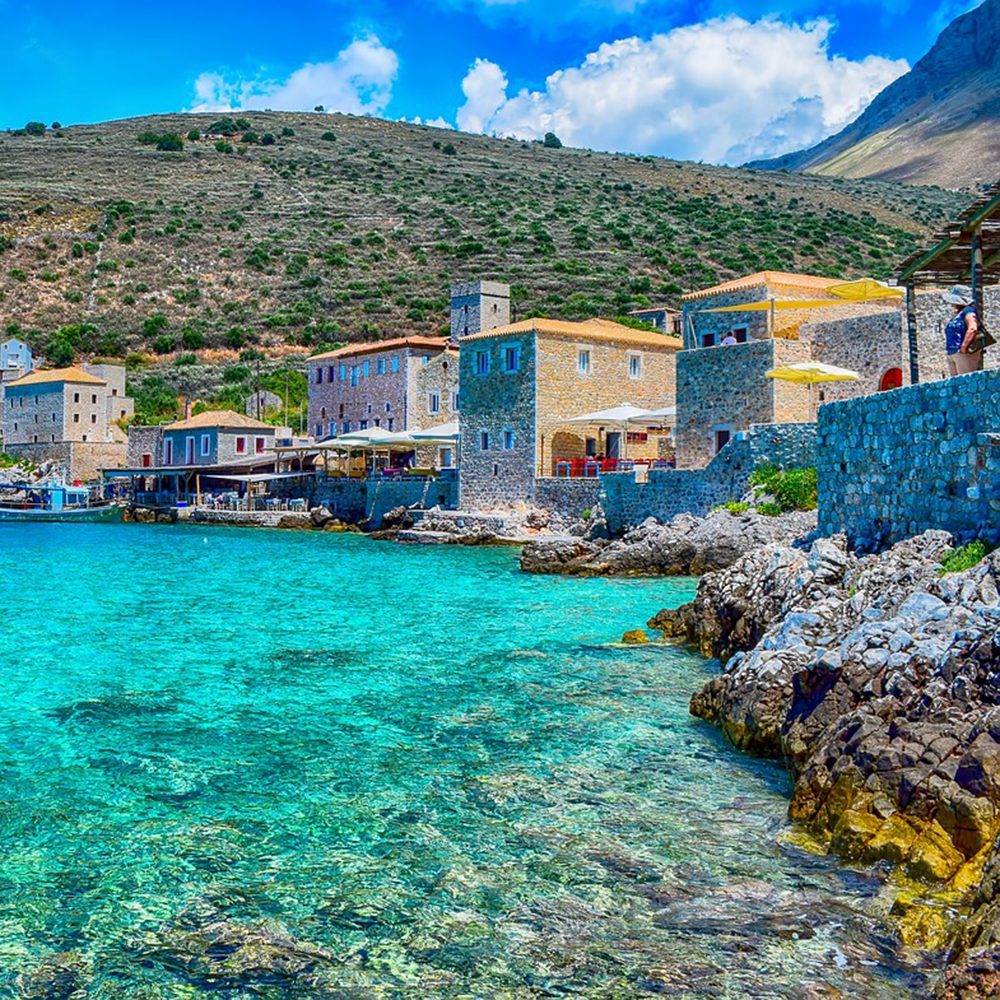
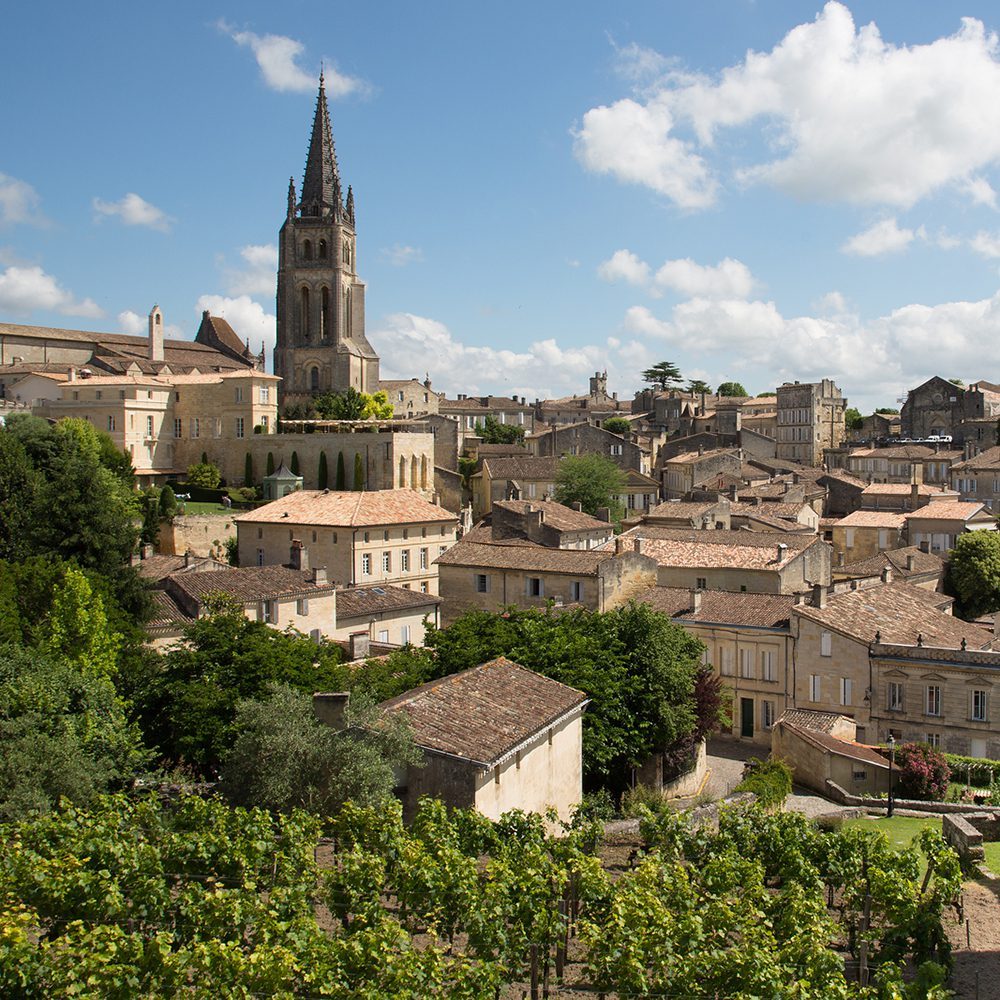
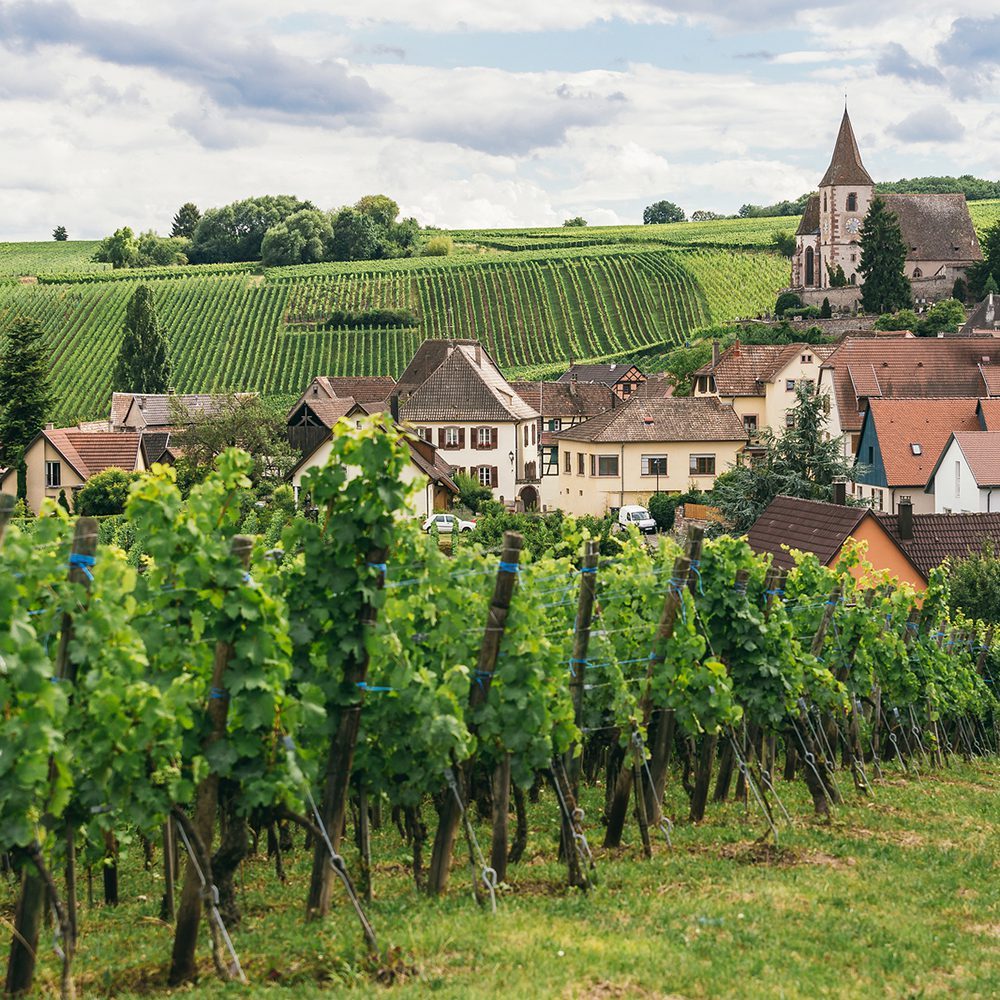
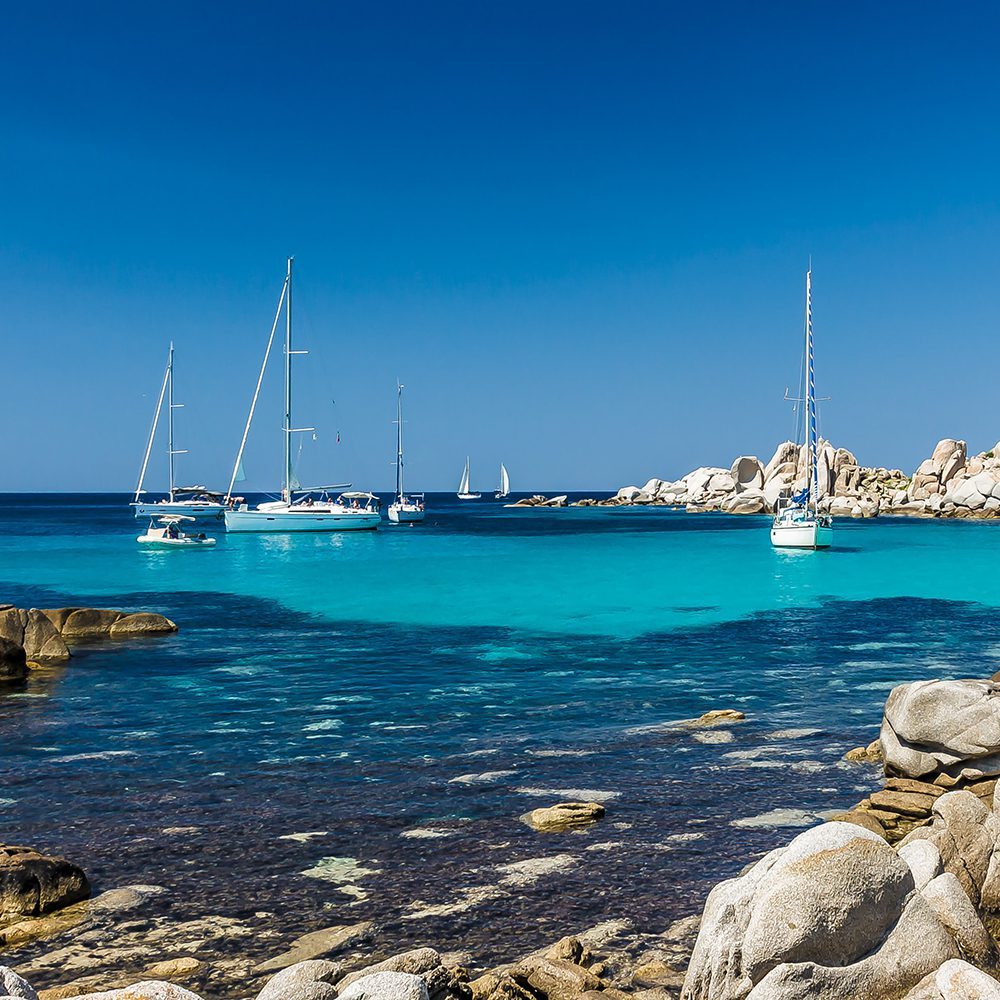
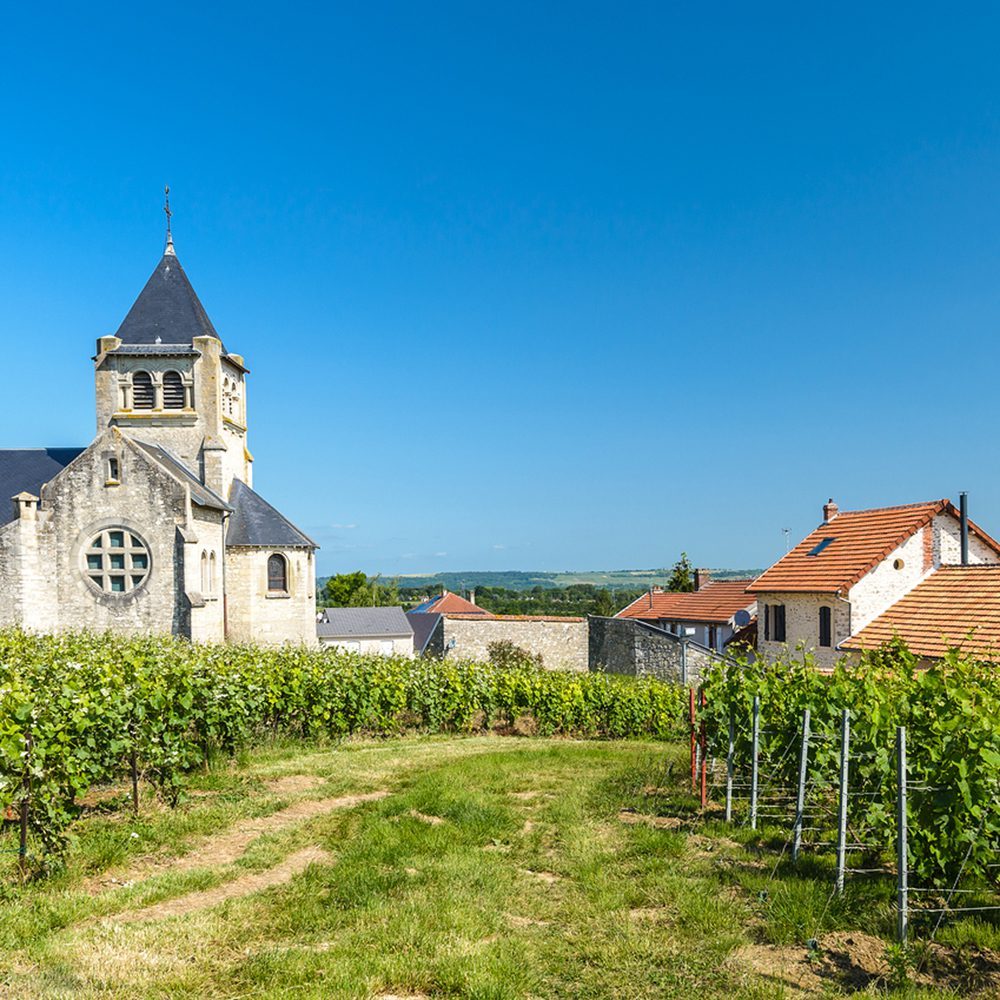
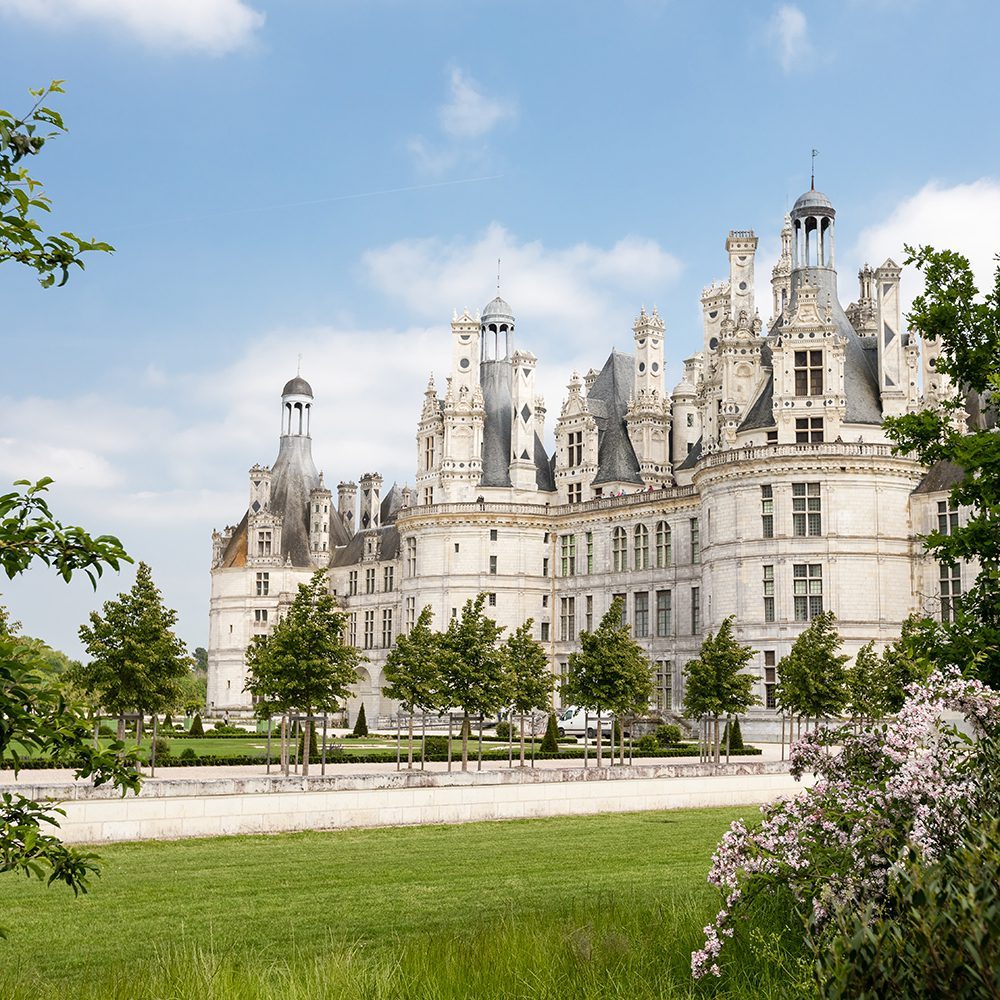
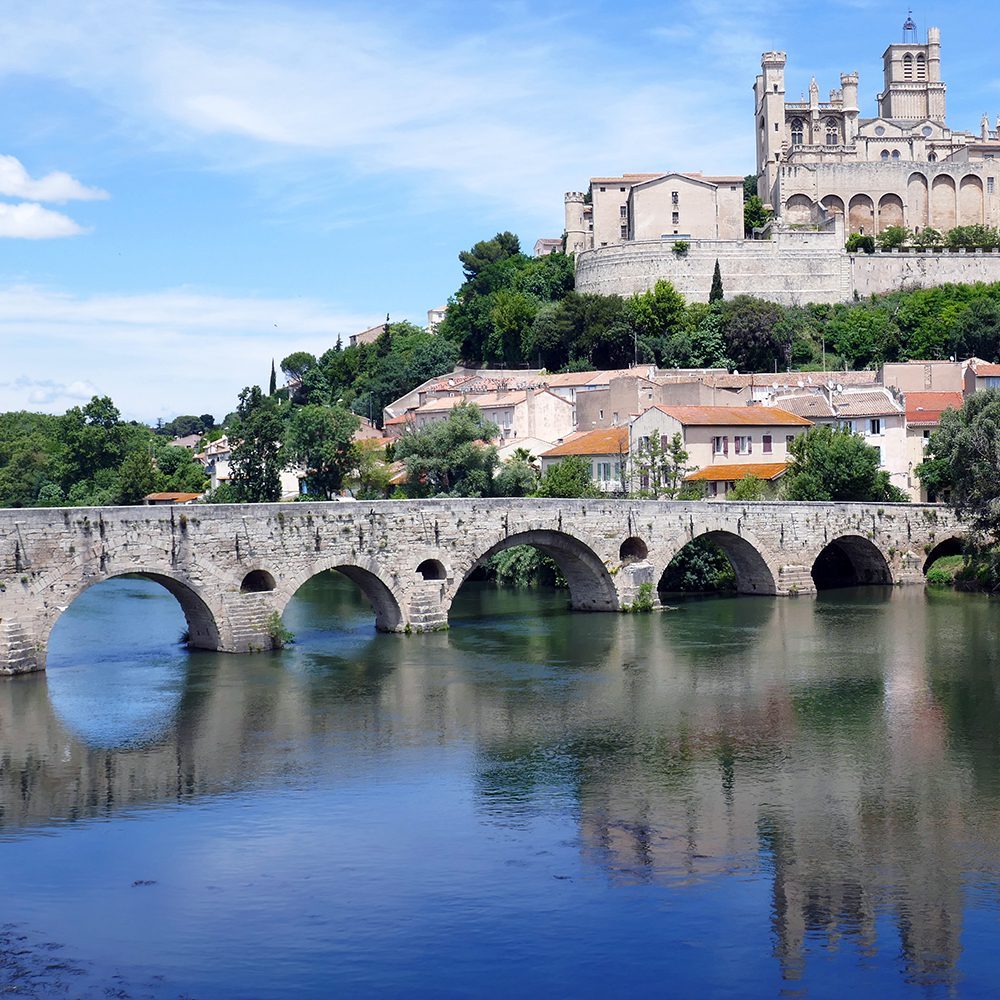
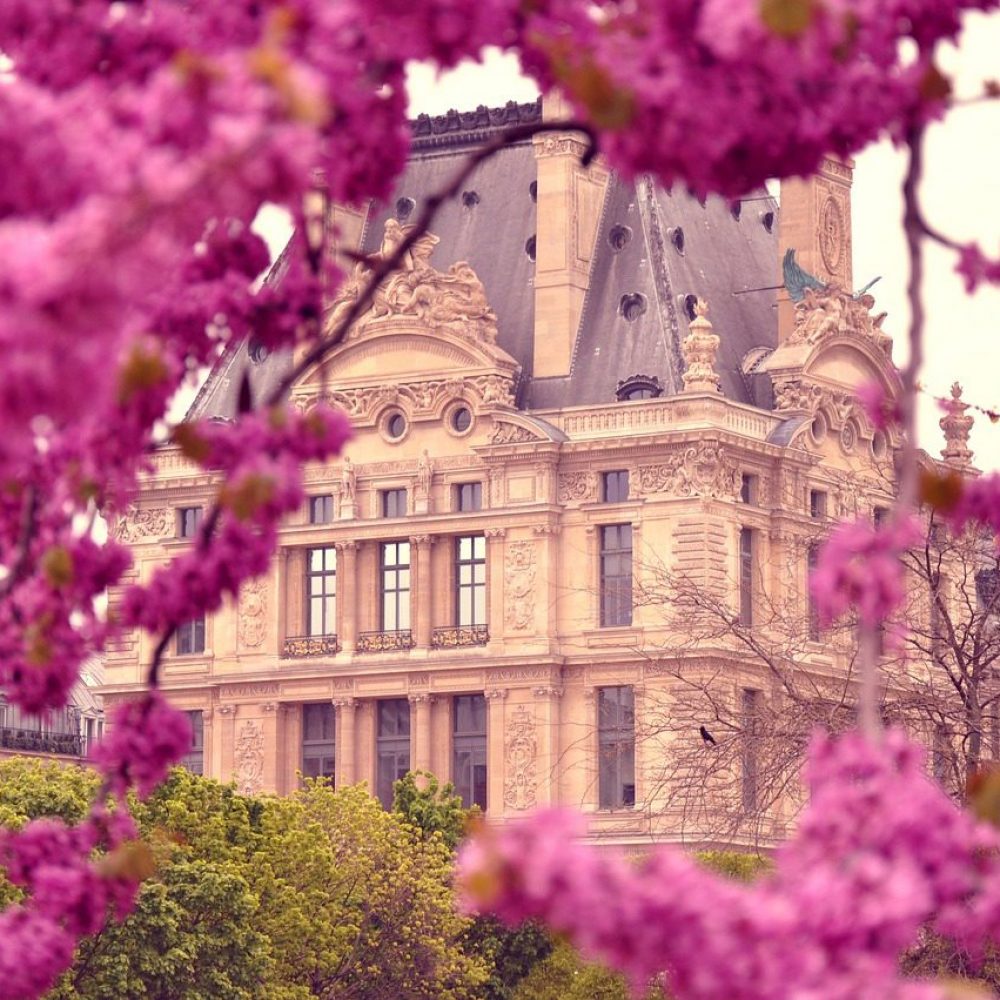
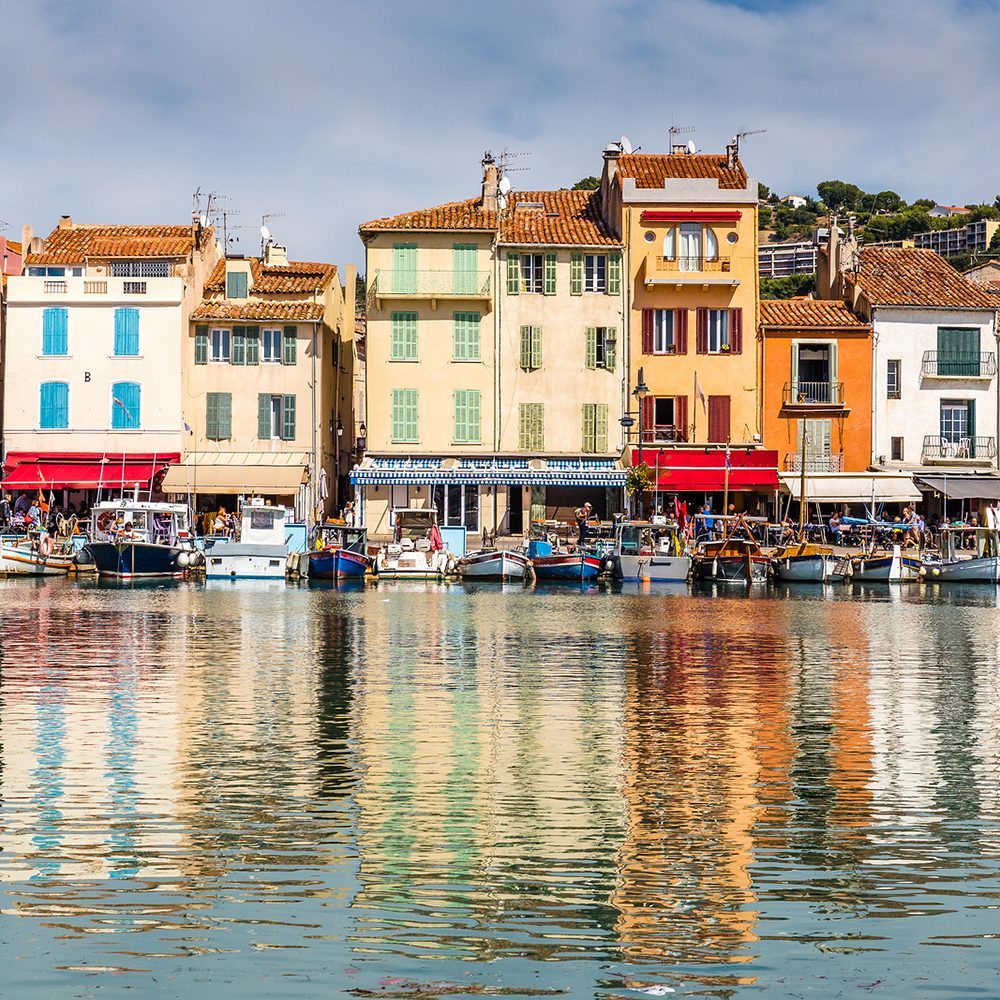
I am Ricardo Garcia’s mother and have to tell u your newsletter is more than impressive. When I’m ready to retire and tour Italy in a few years I want to visit sites you’ve shown and take you up on a great tour of Italy.
Pingback: Sextantio Albergo Diffuso: a village that has become a hotel | Traveleurope Blog | Travel tips, advices and useful info